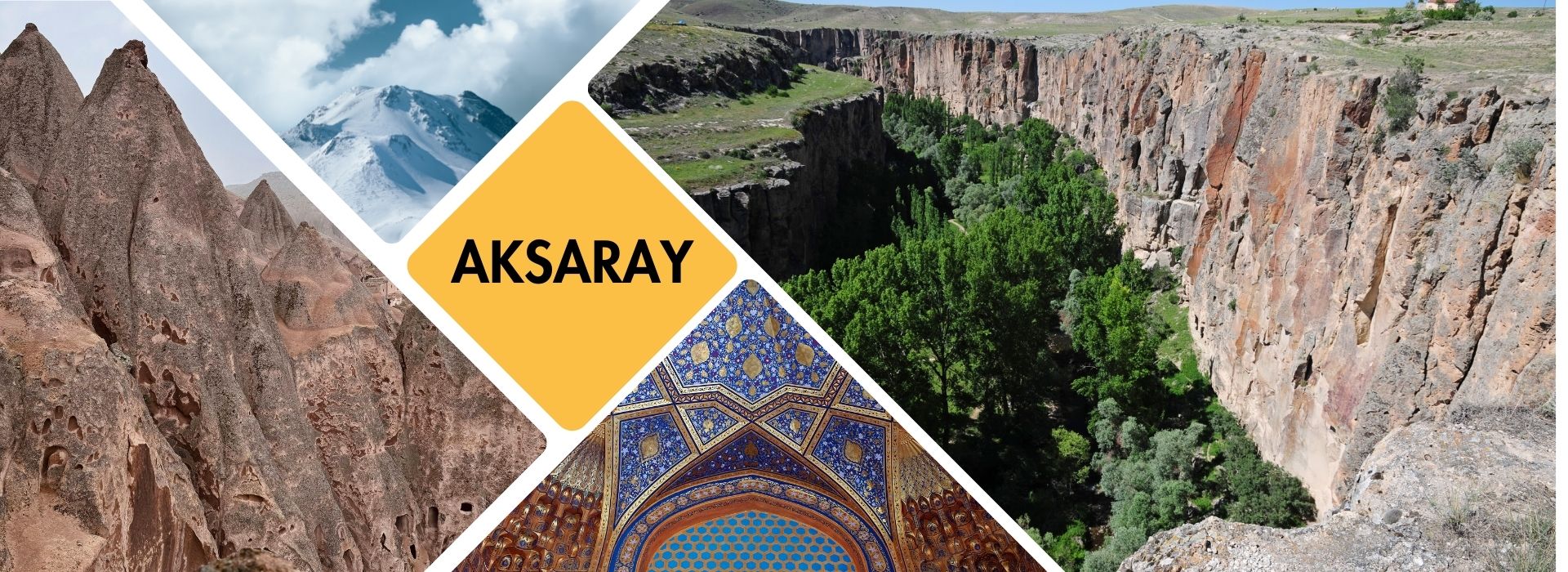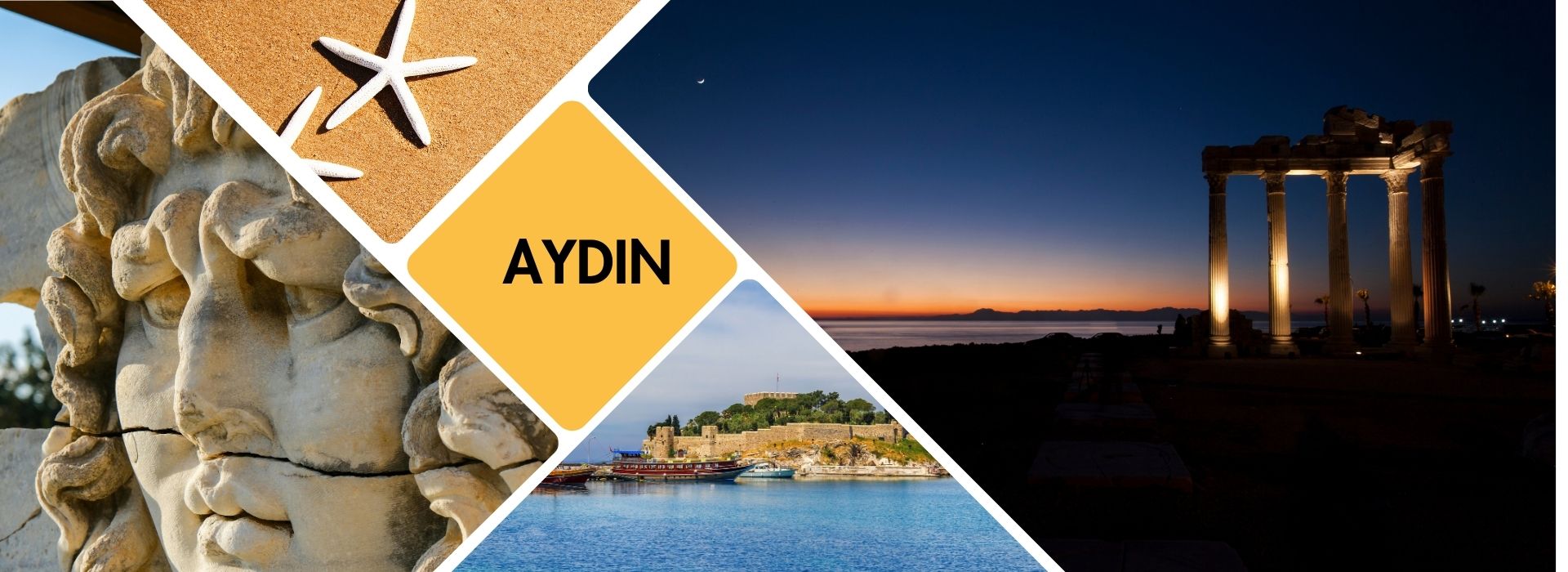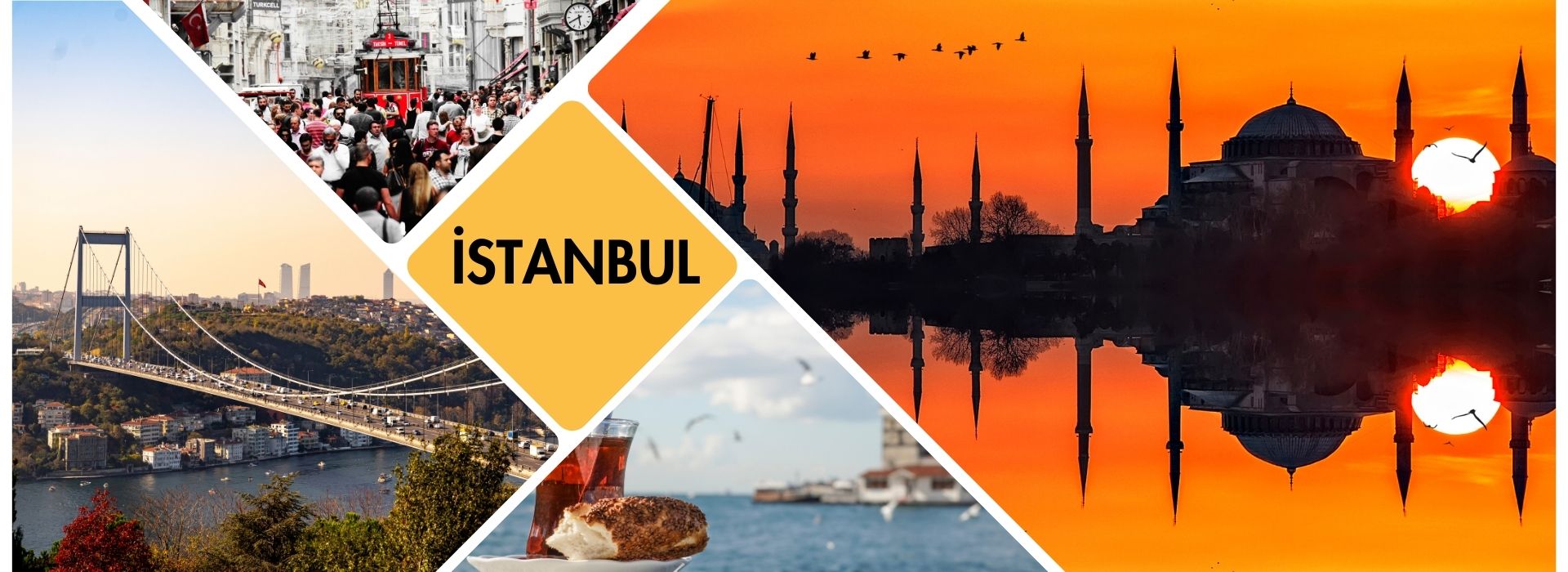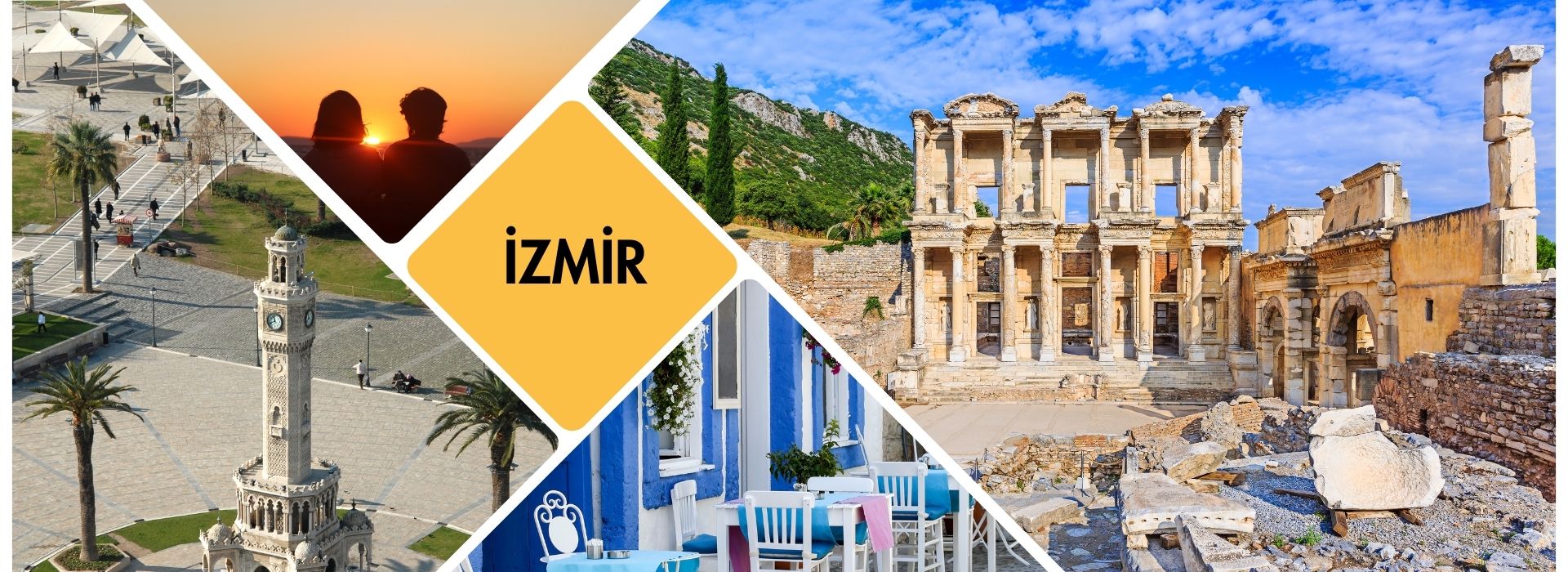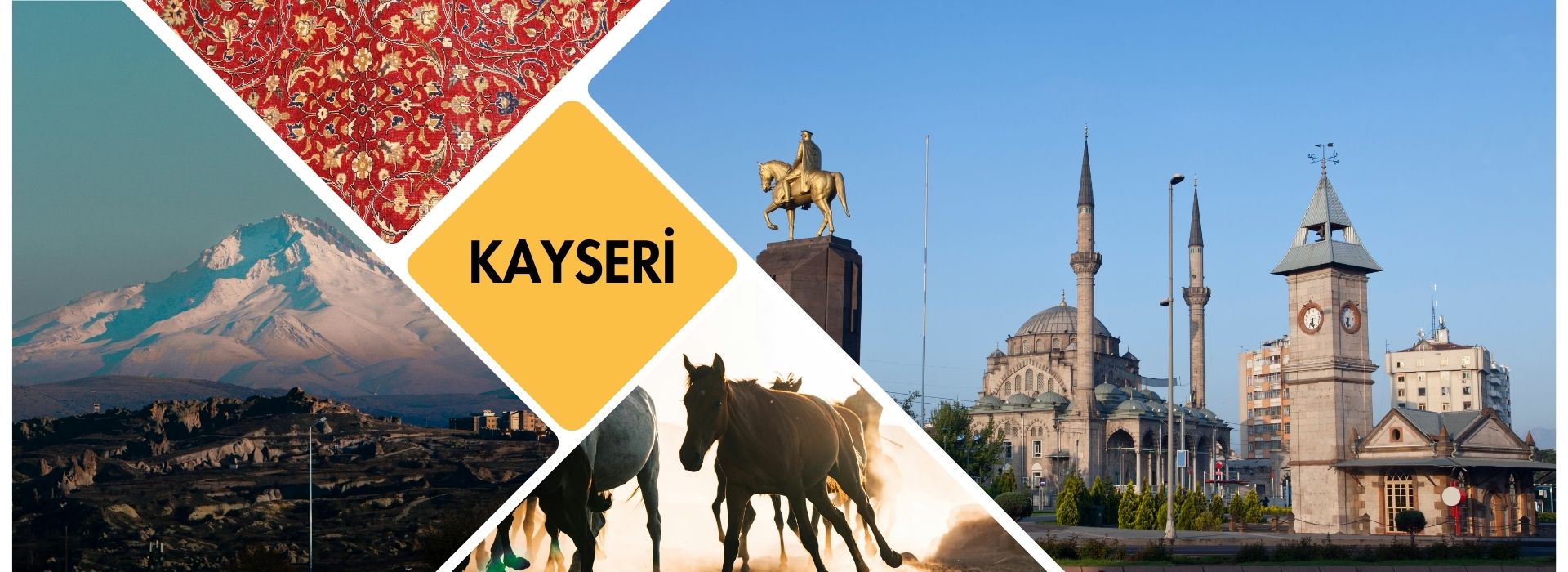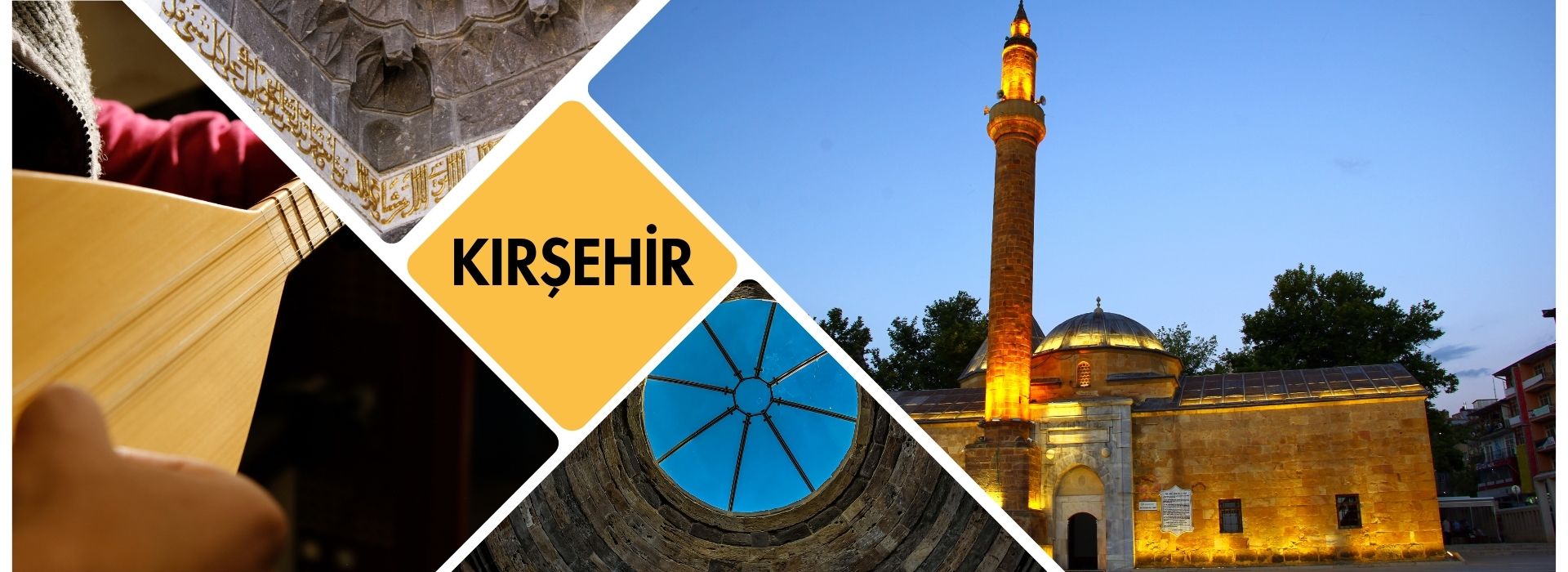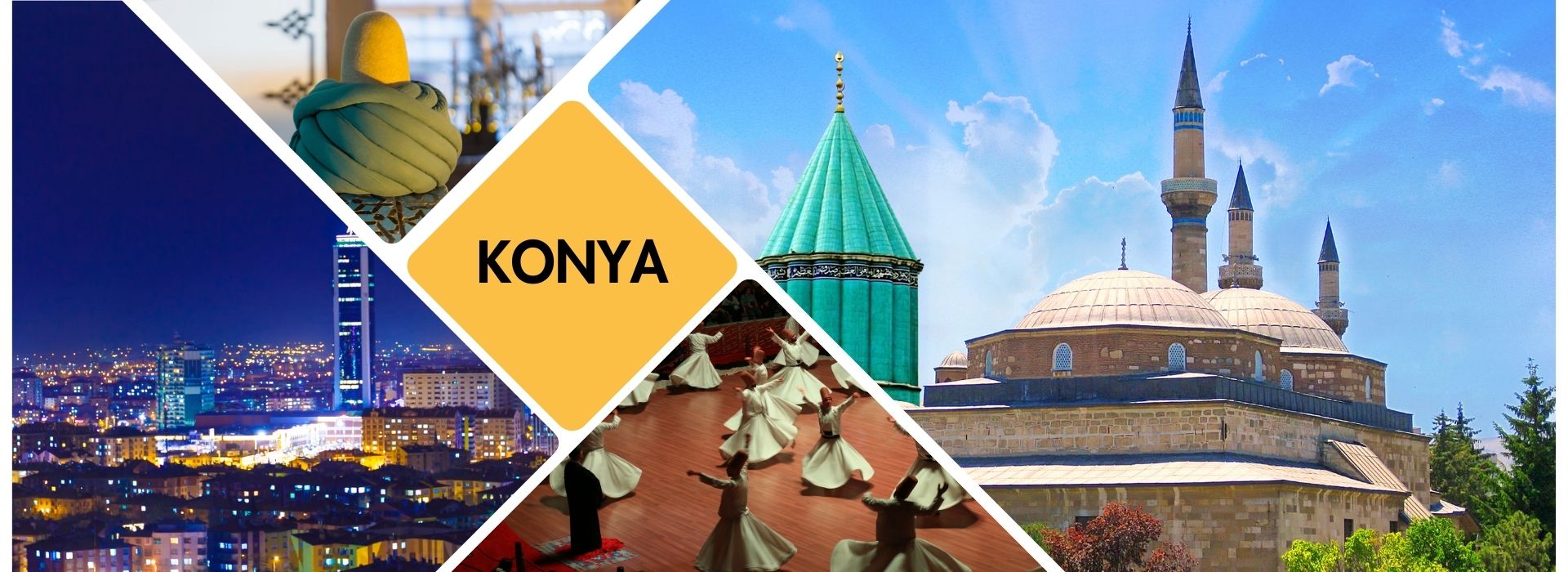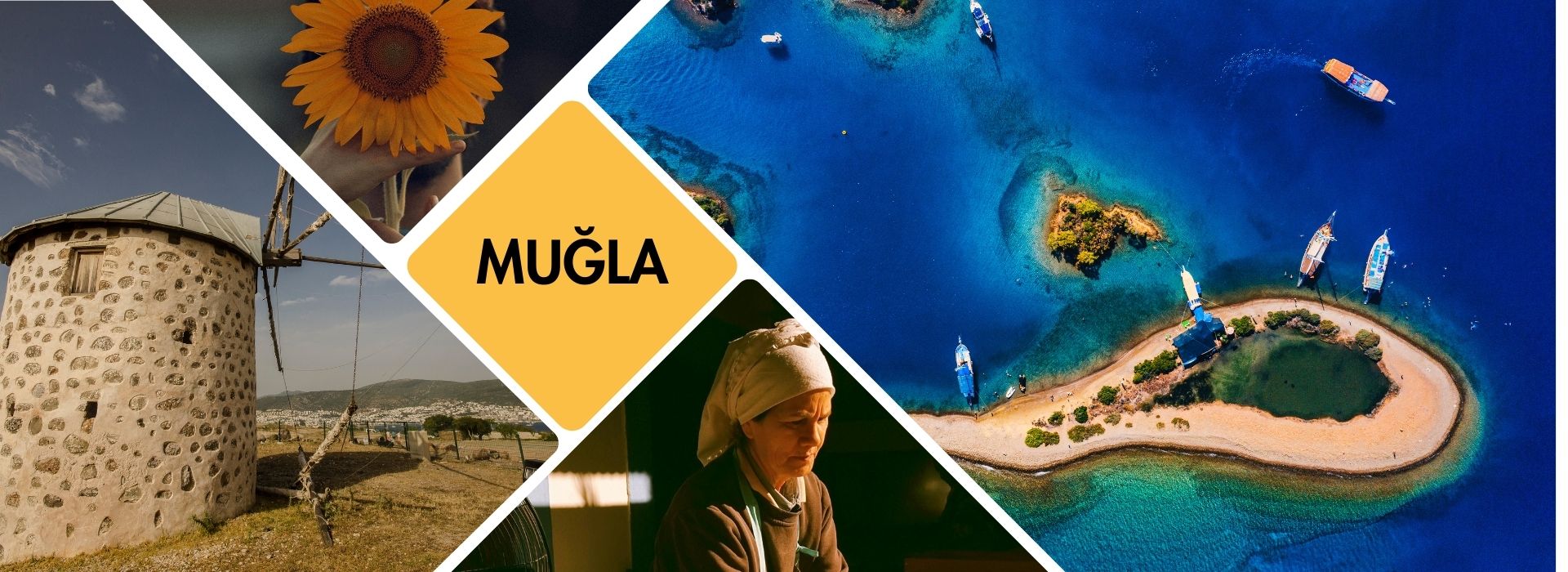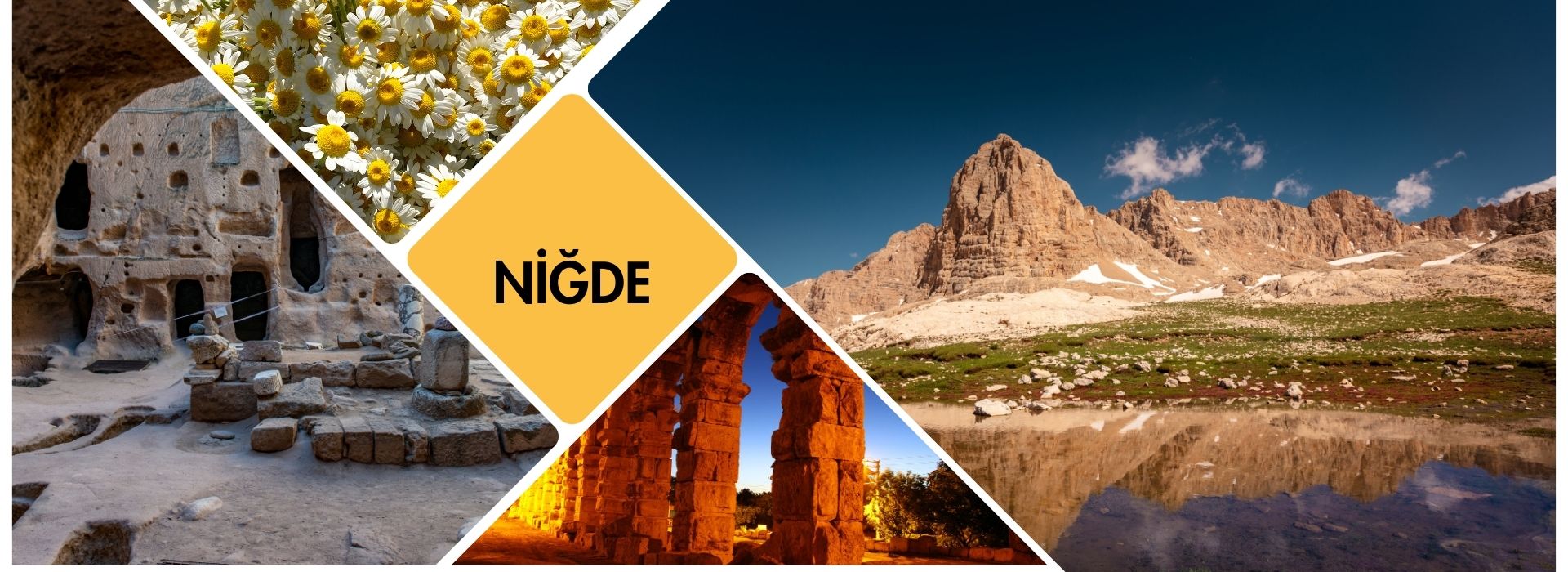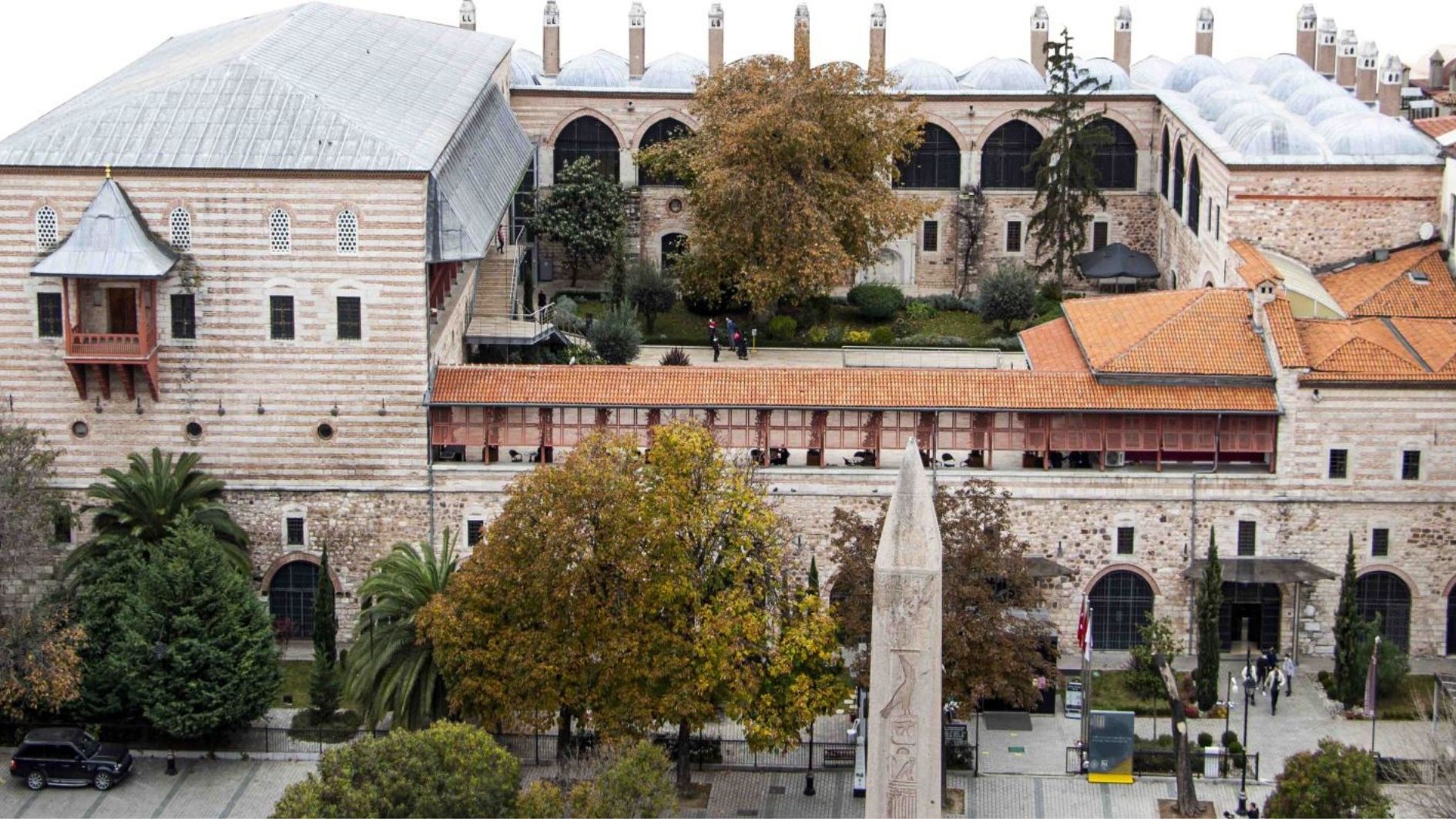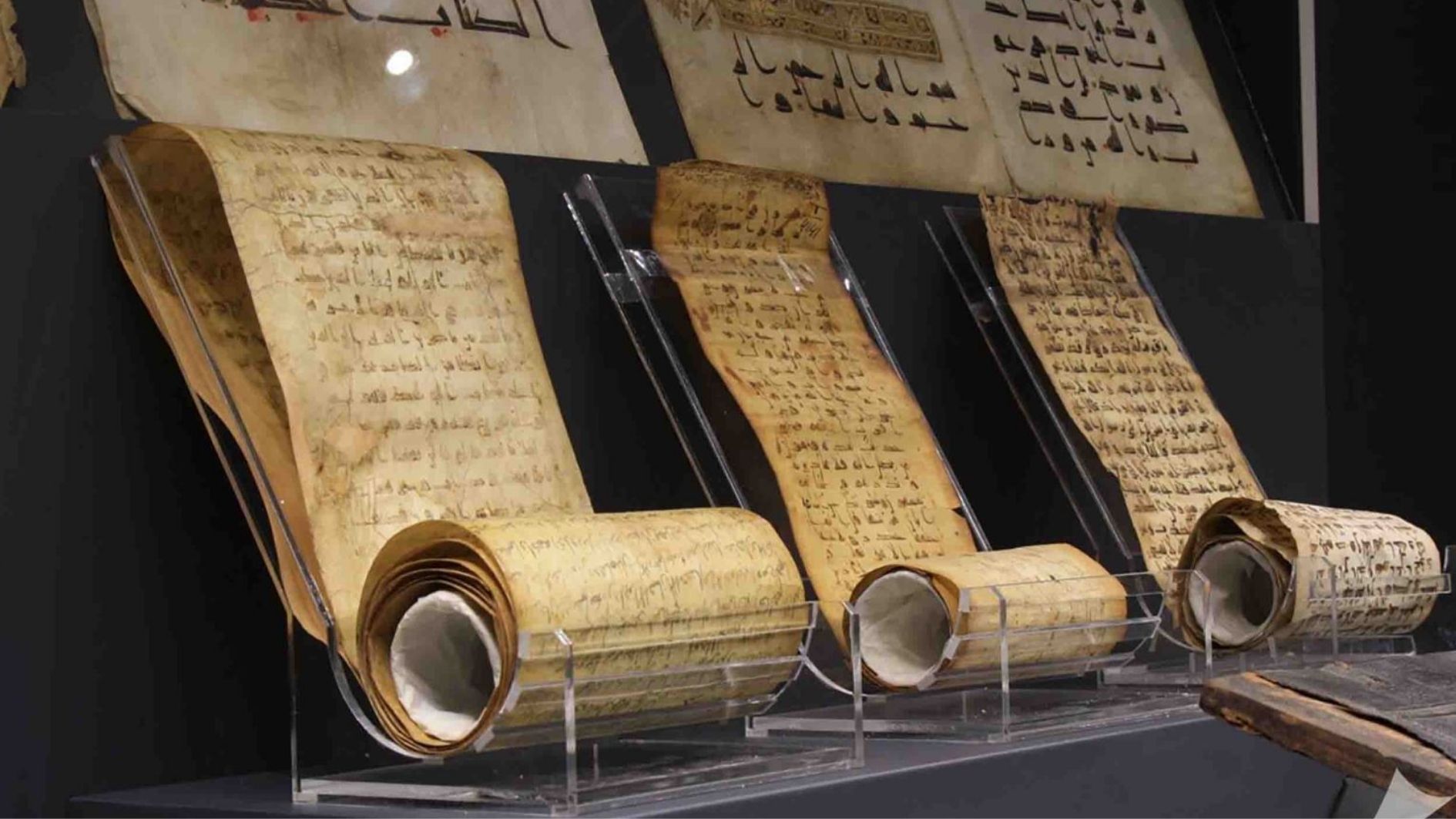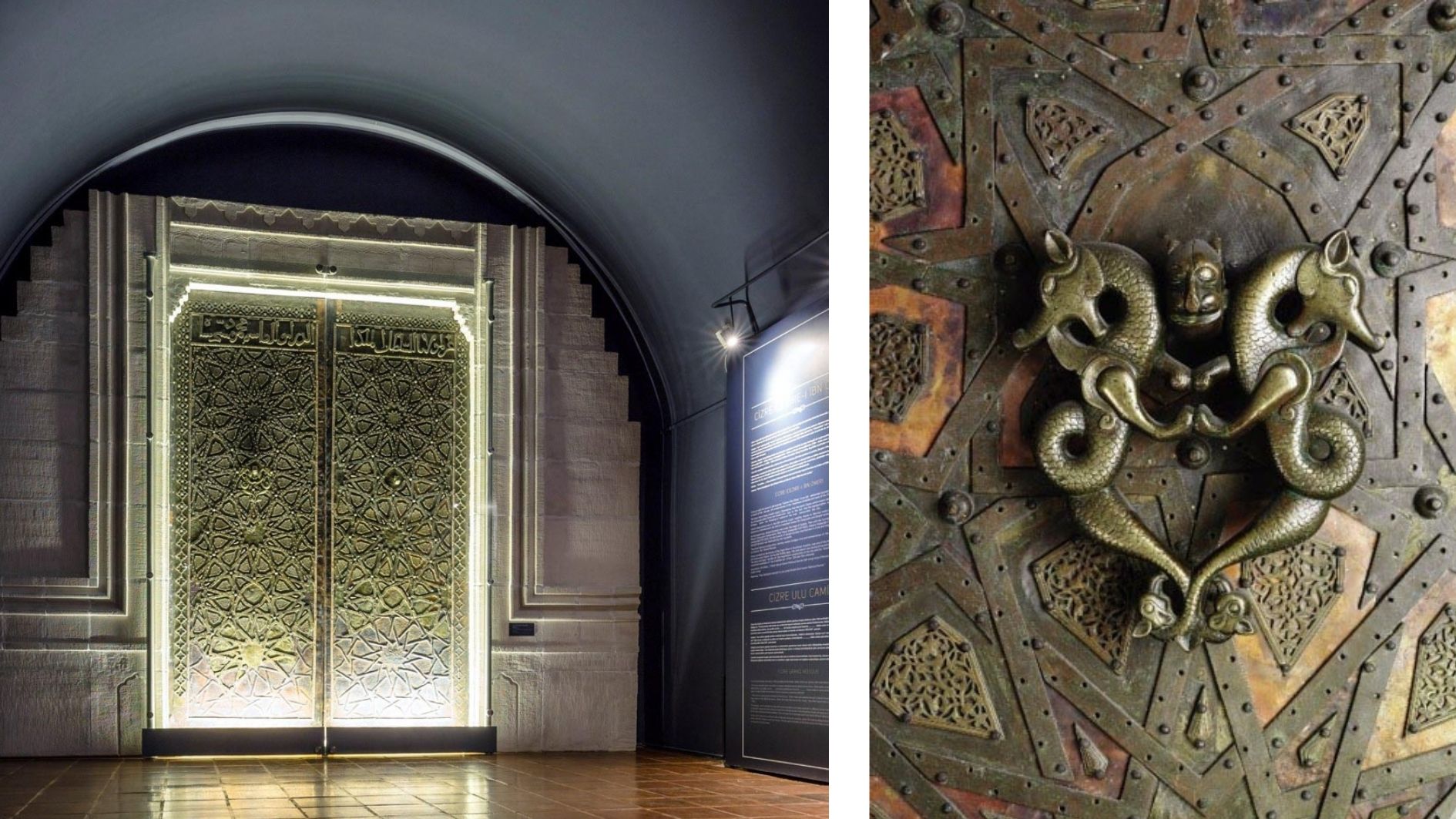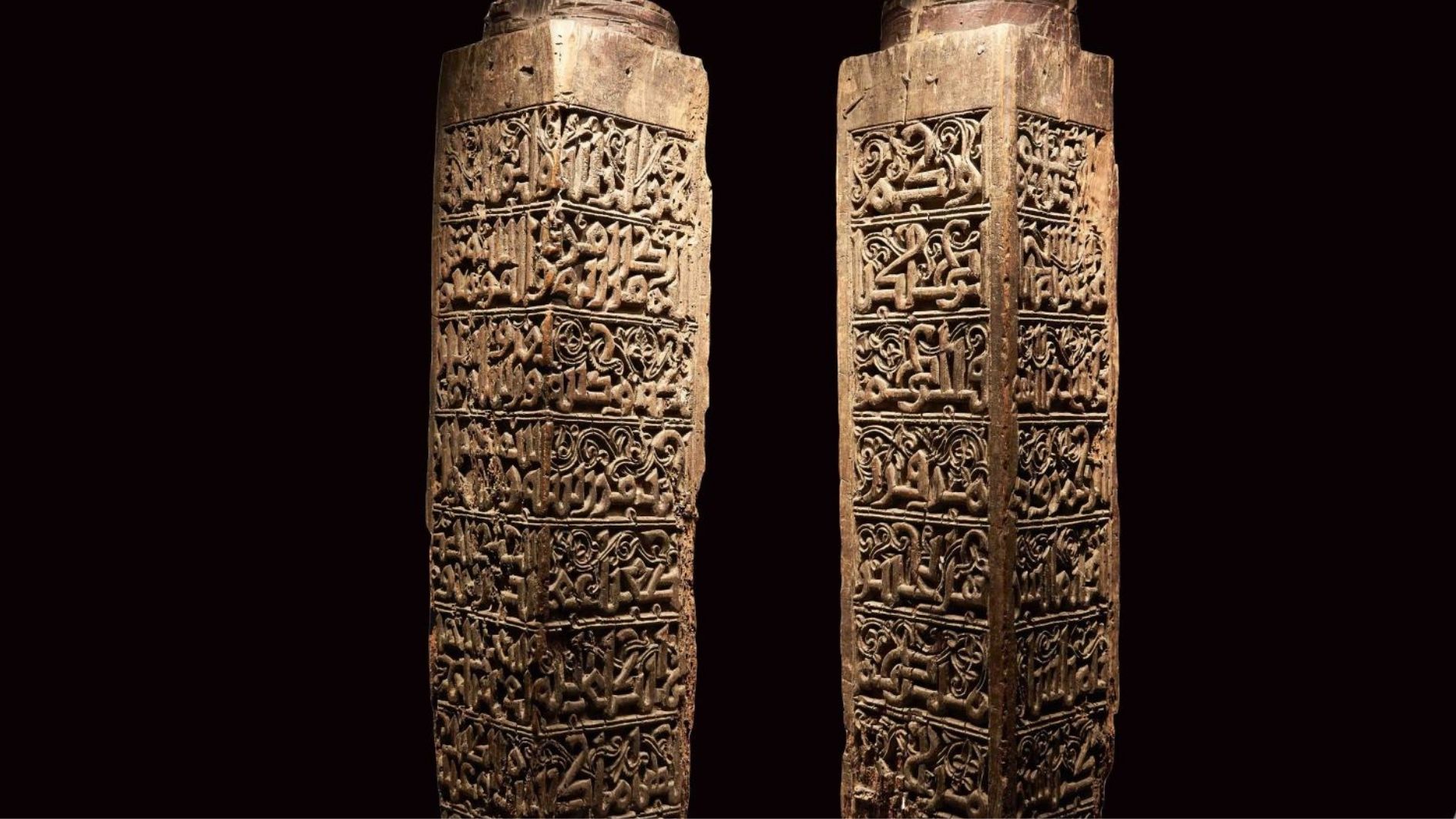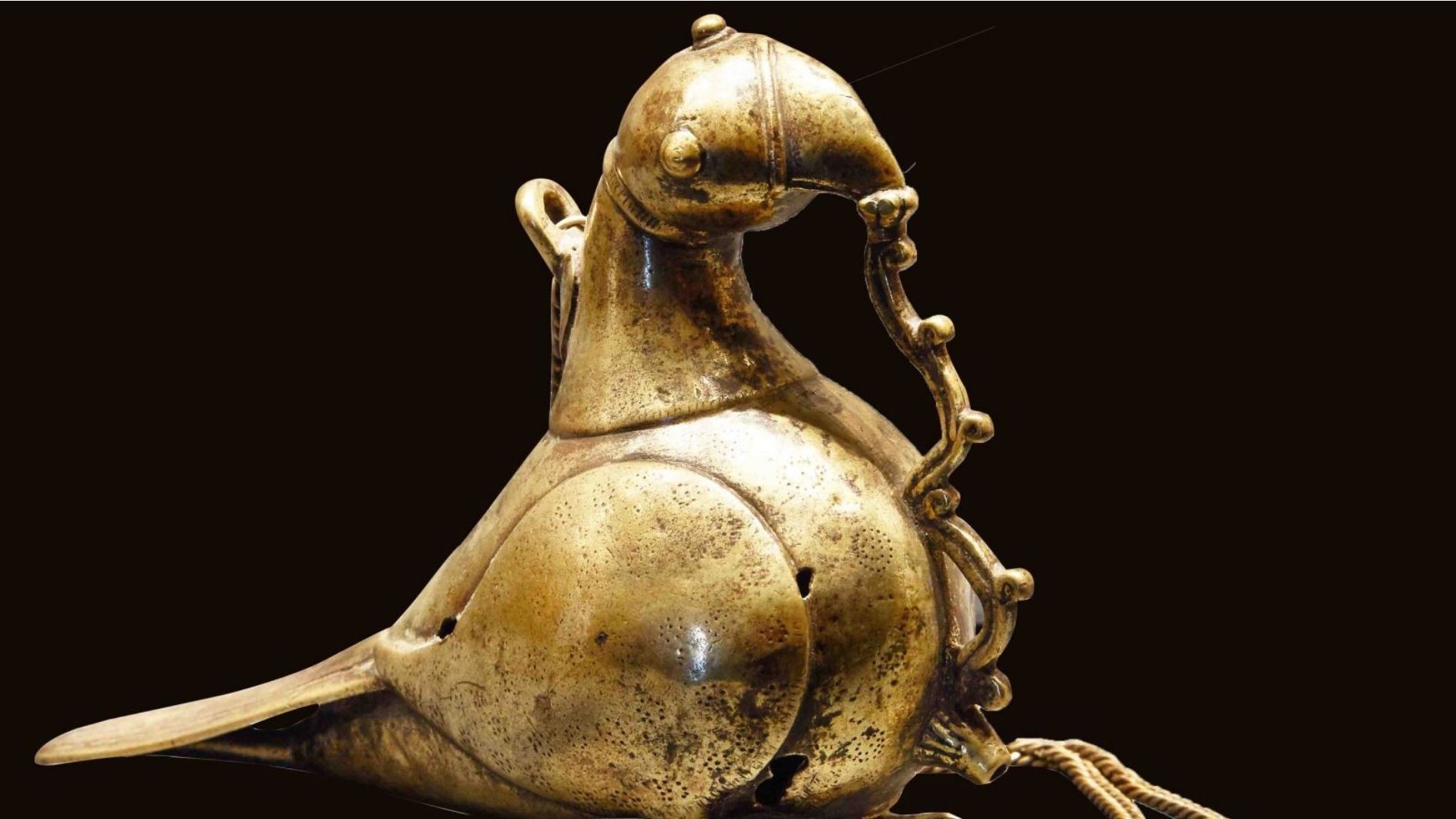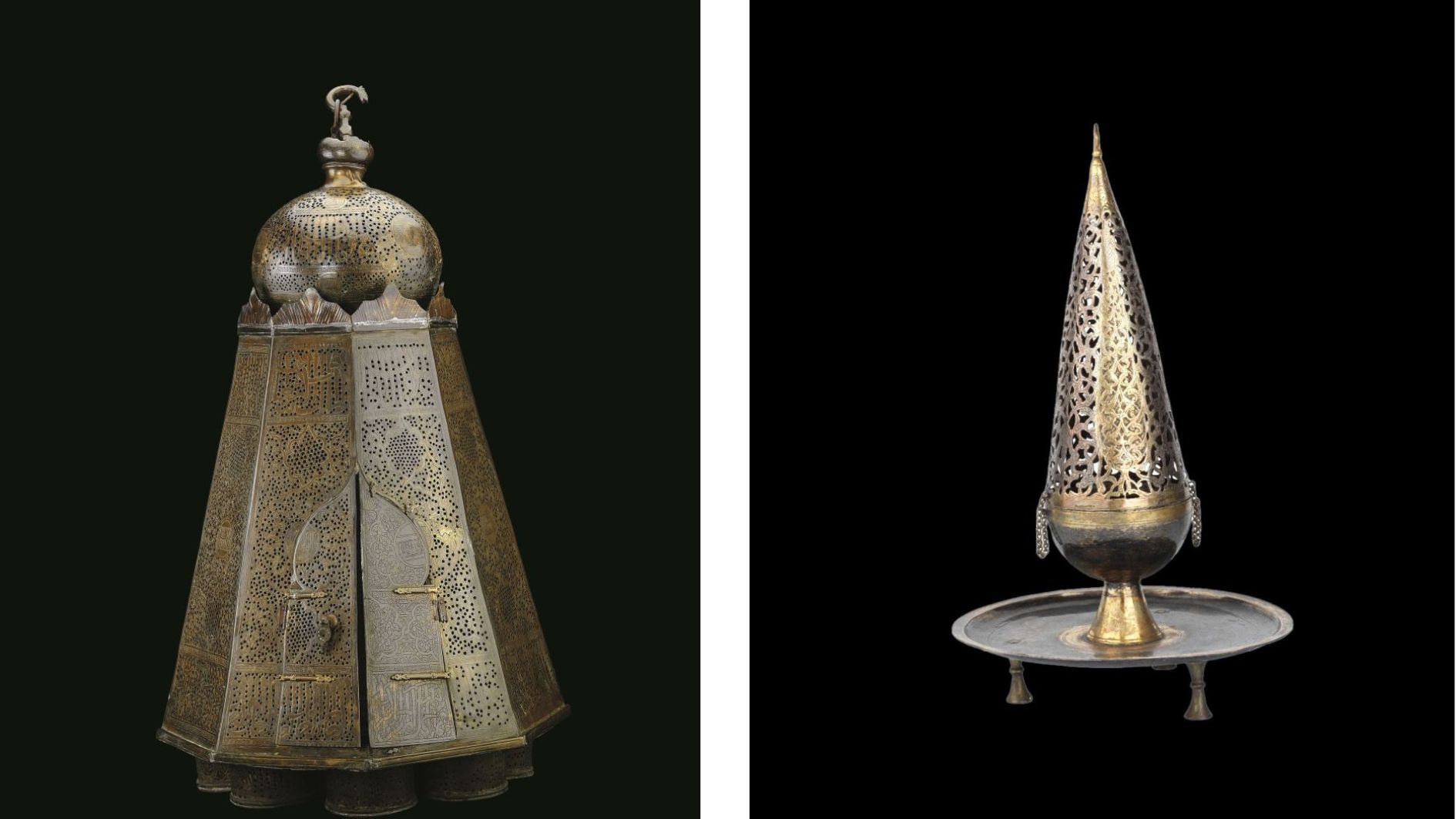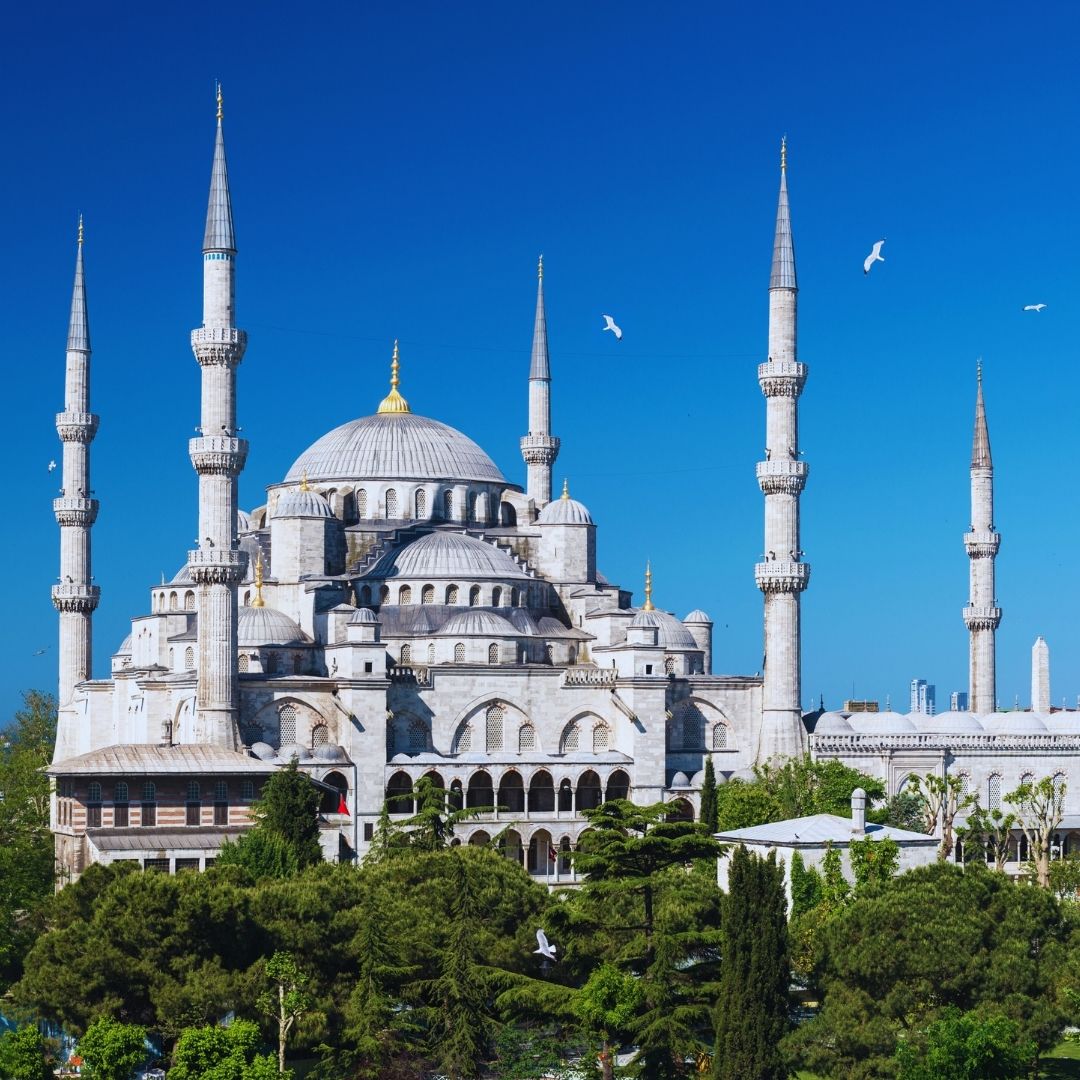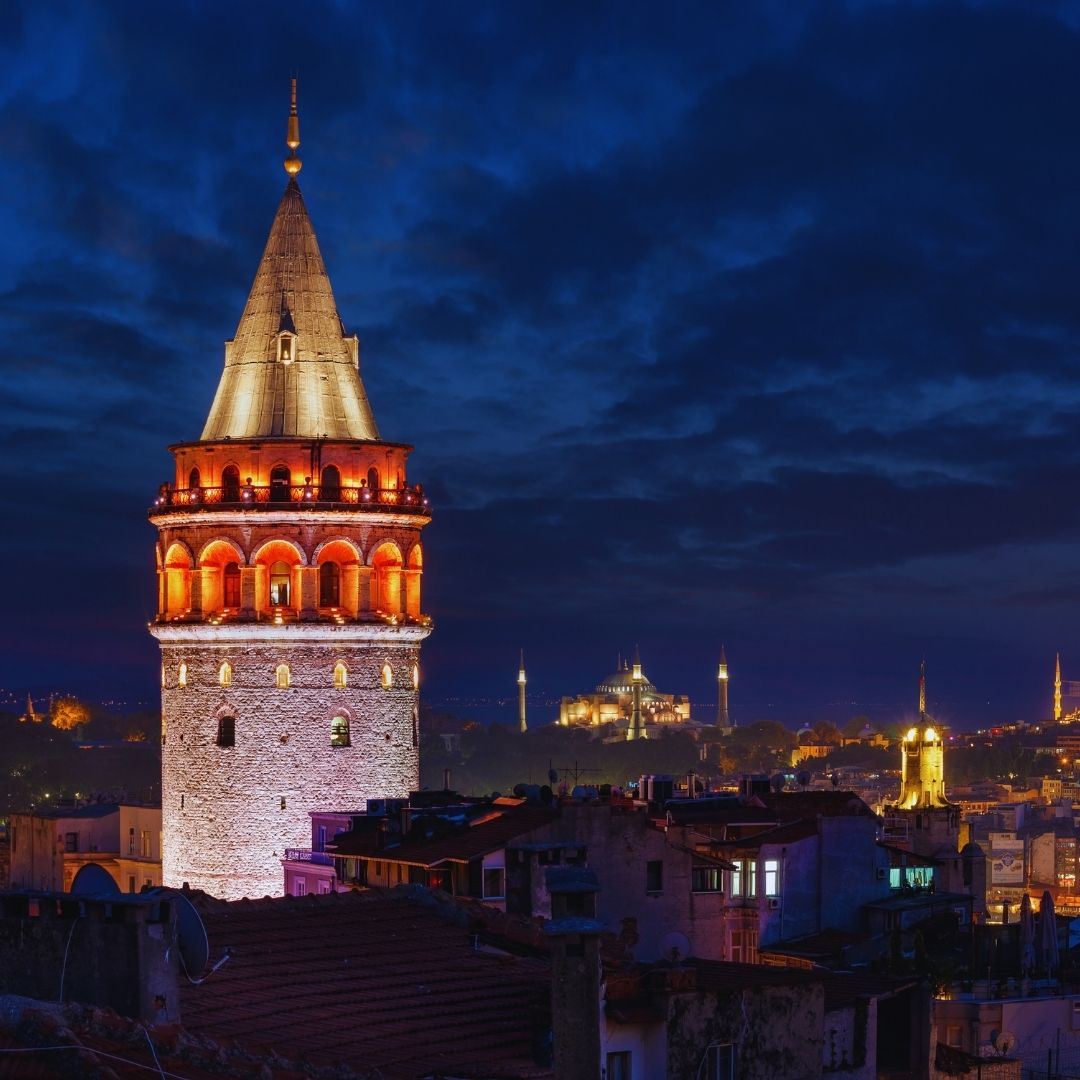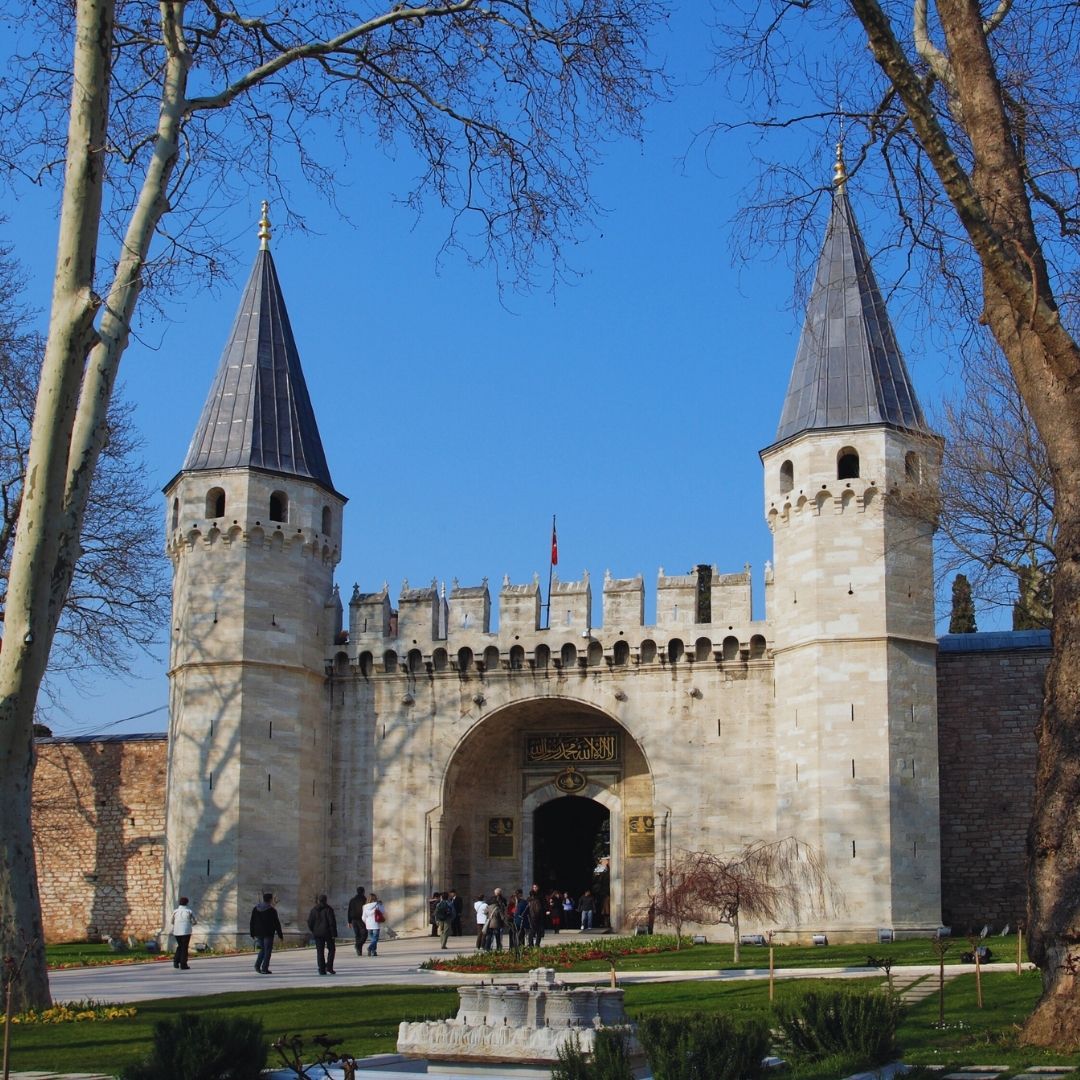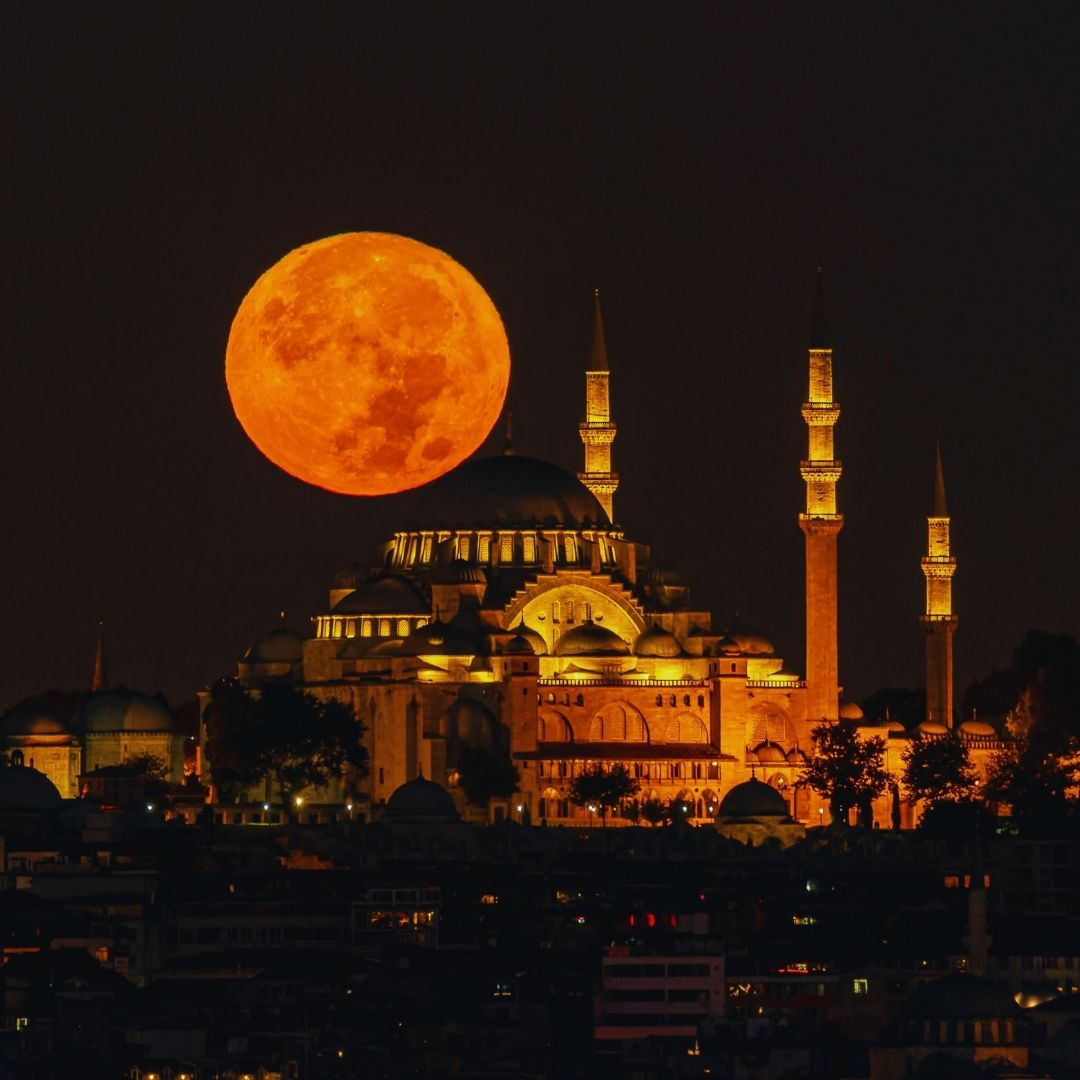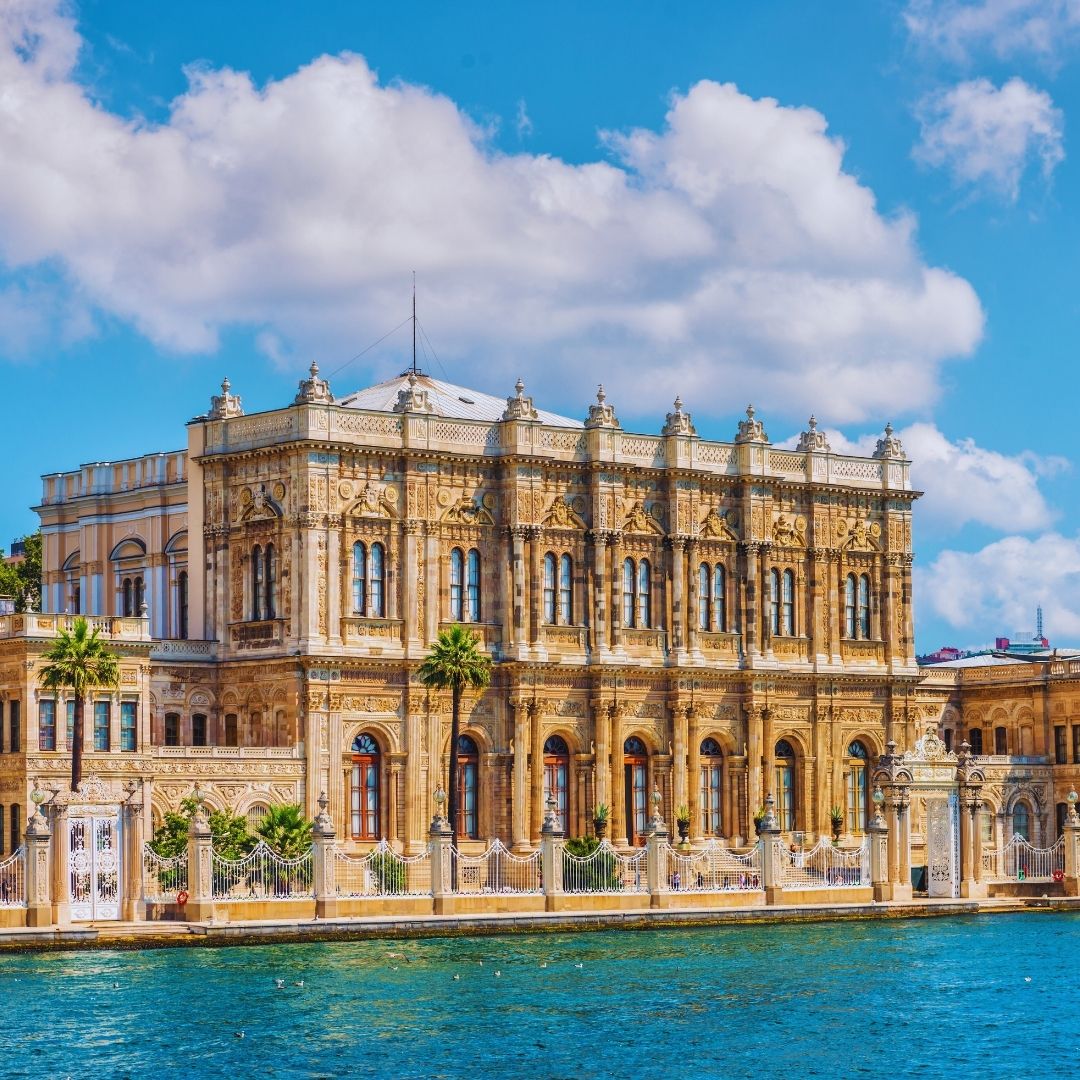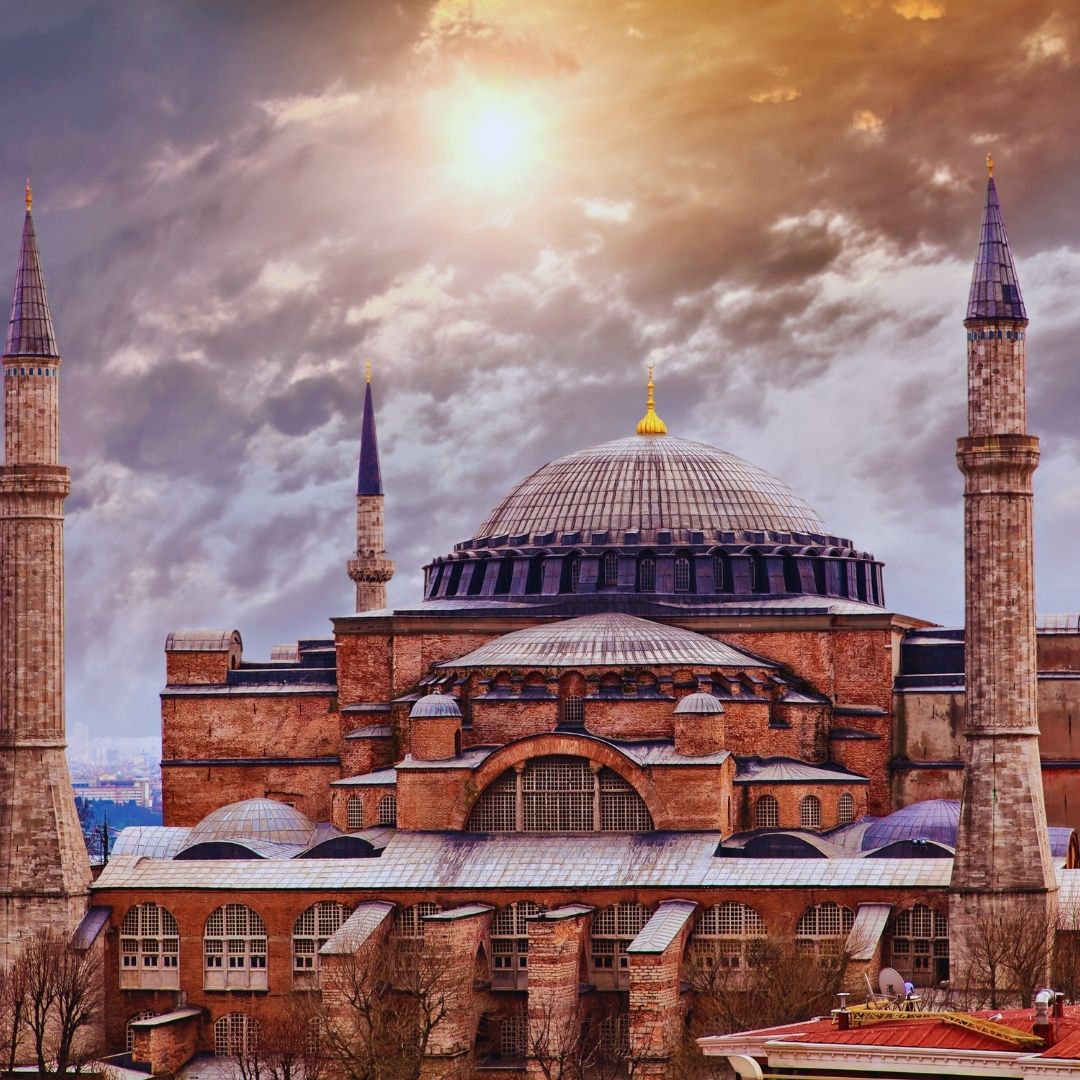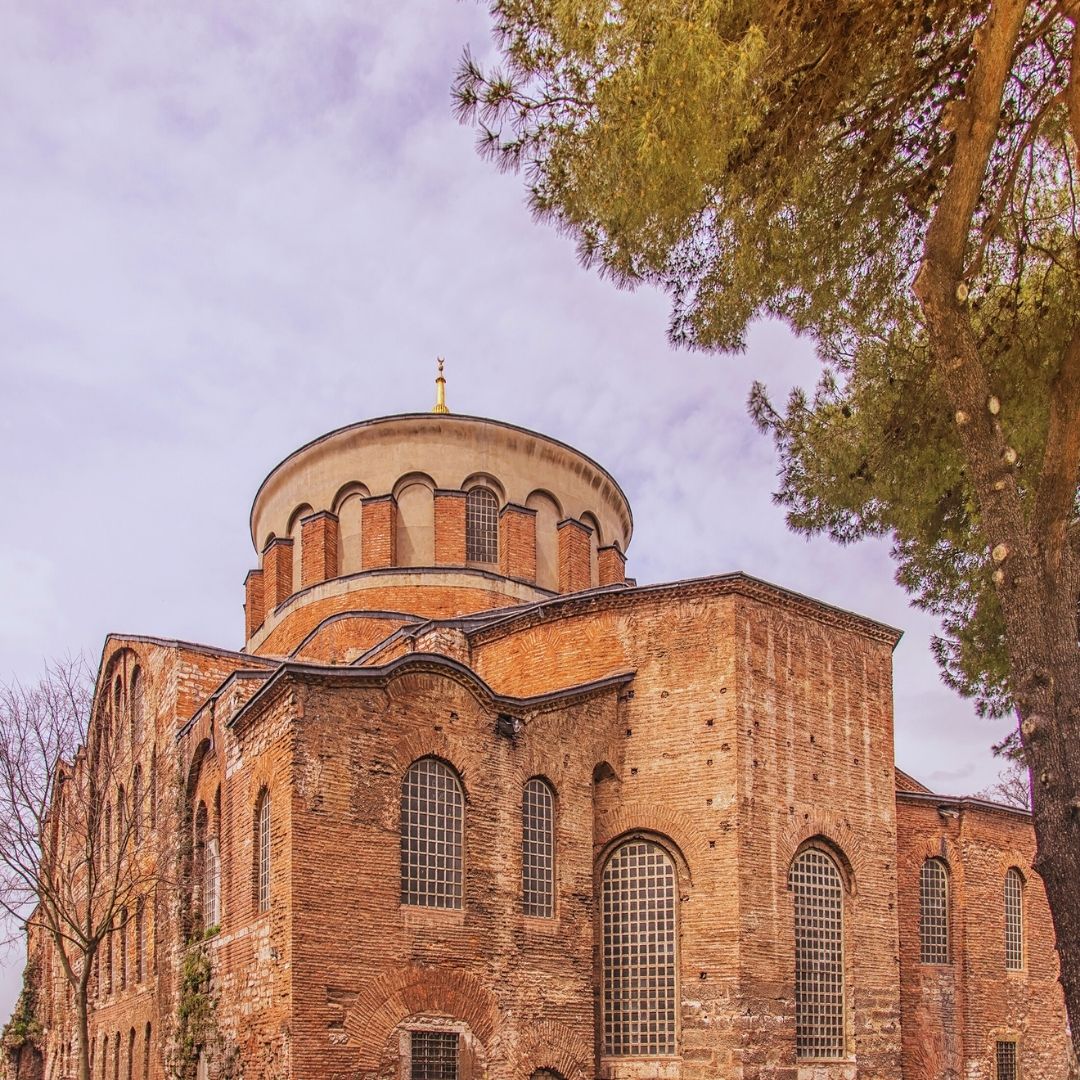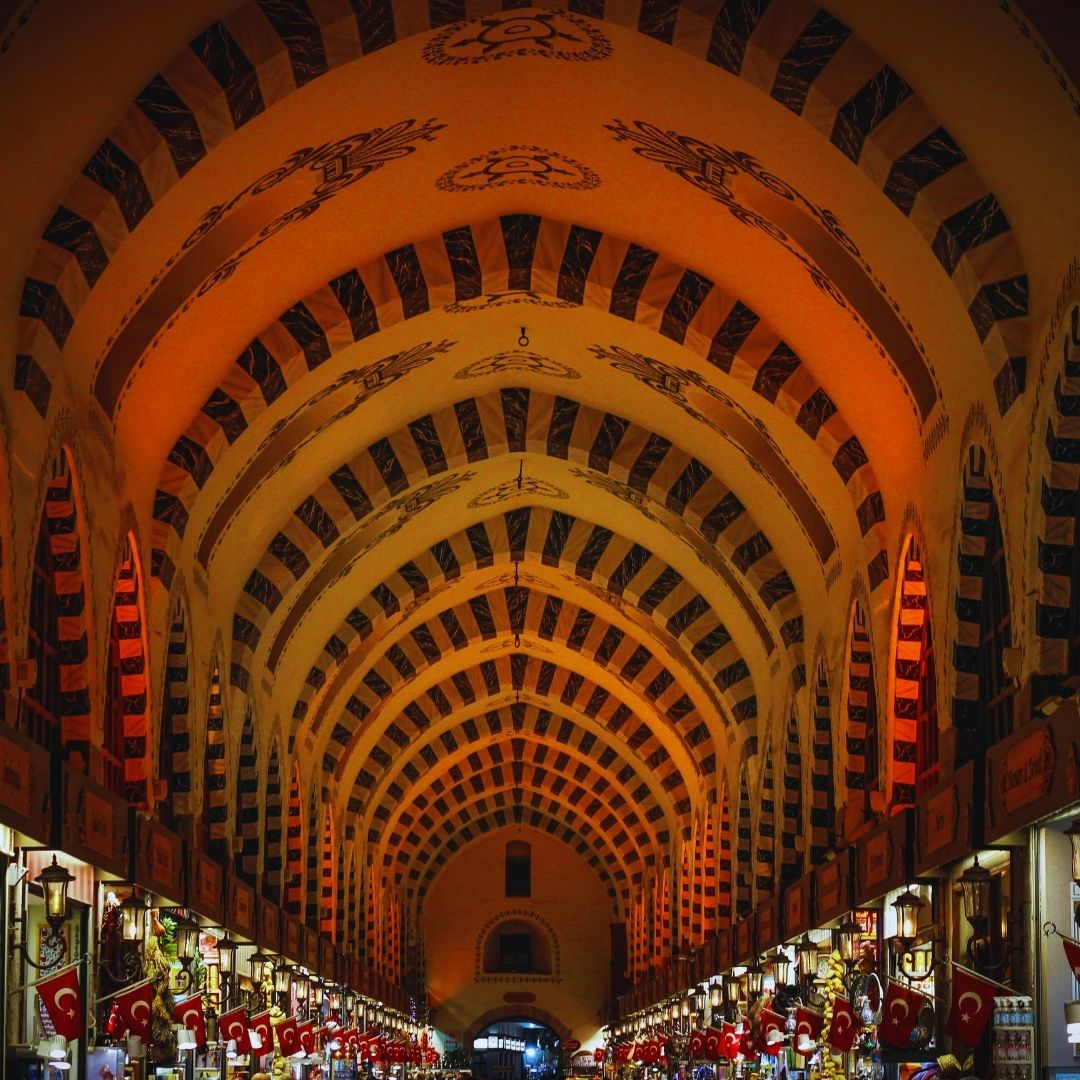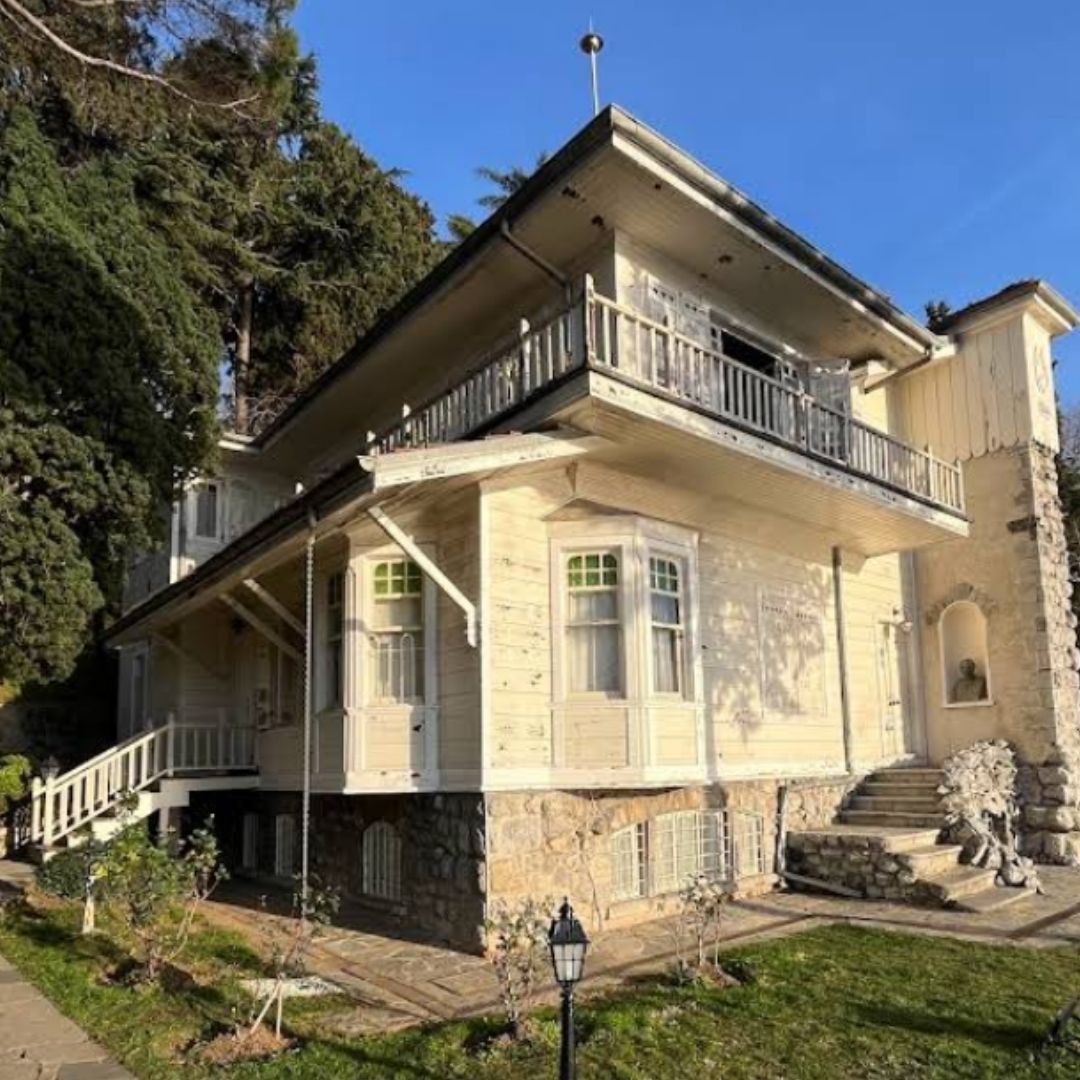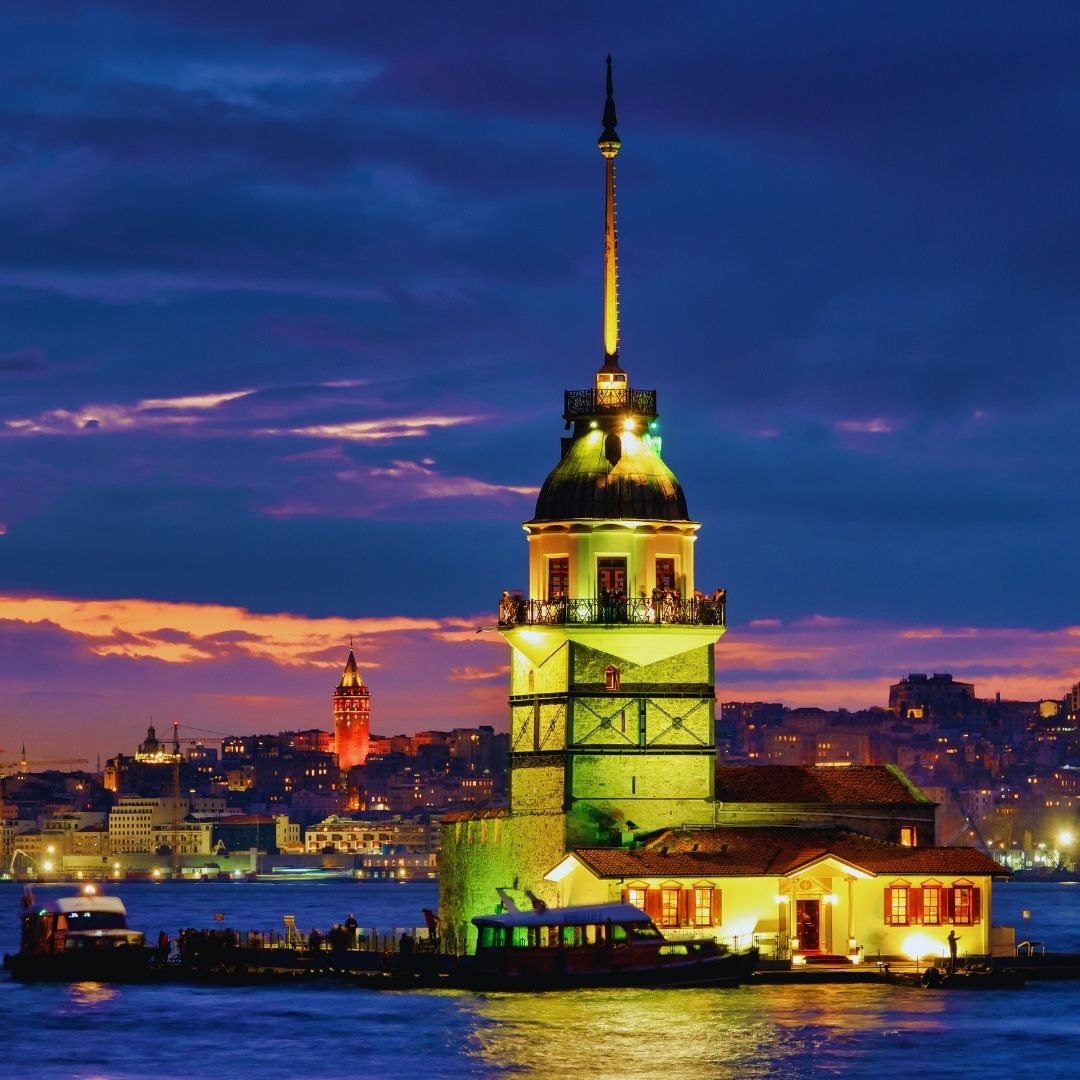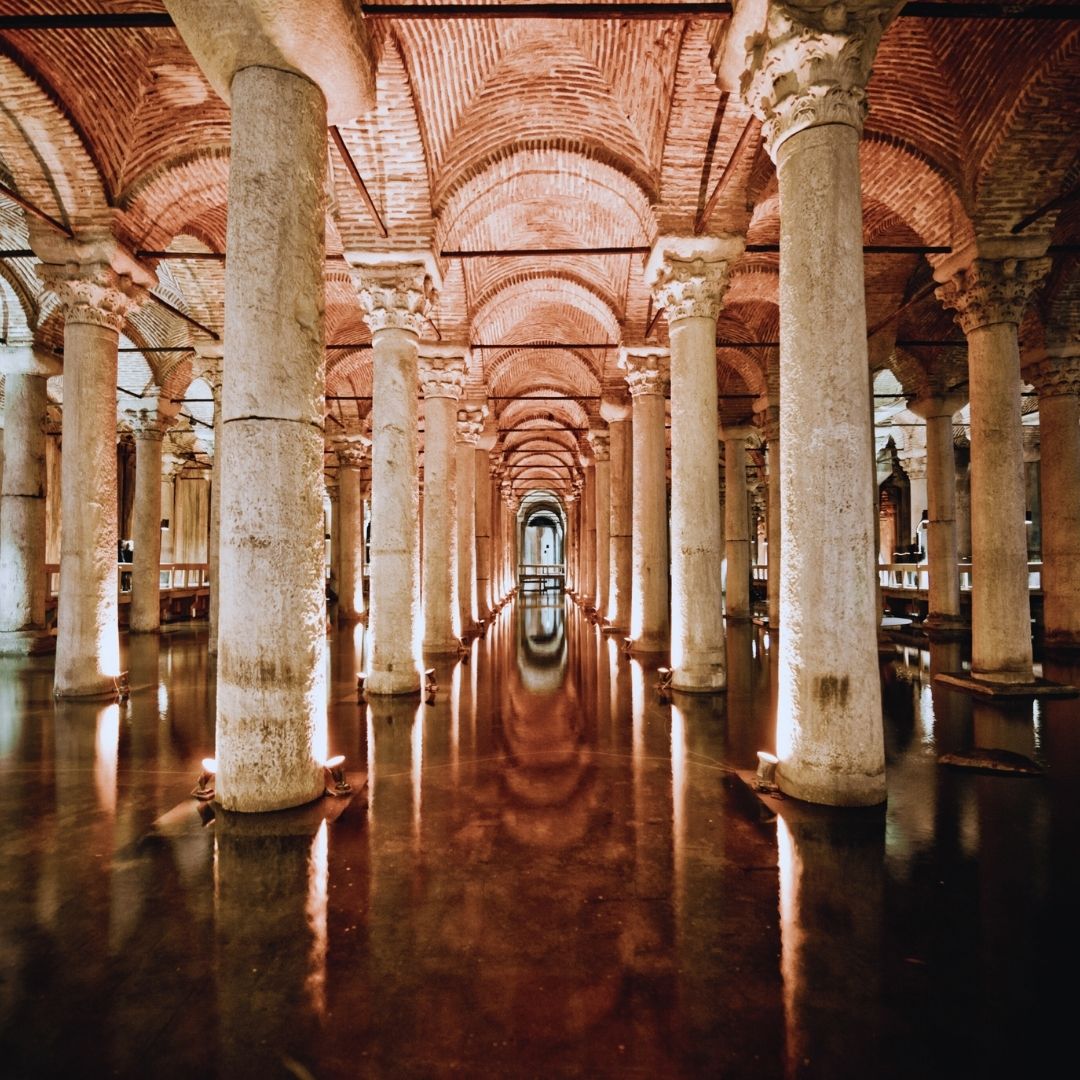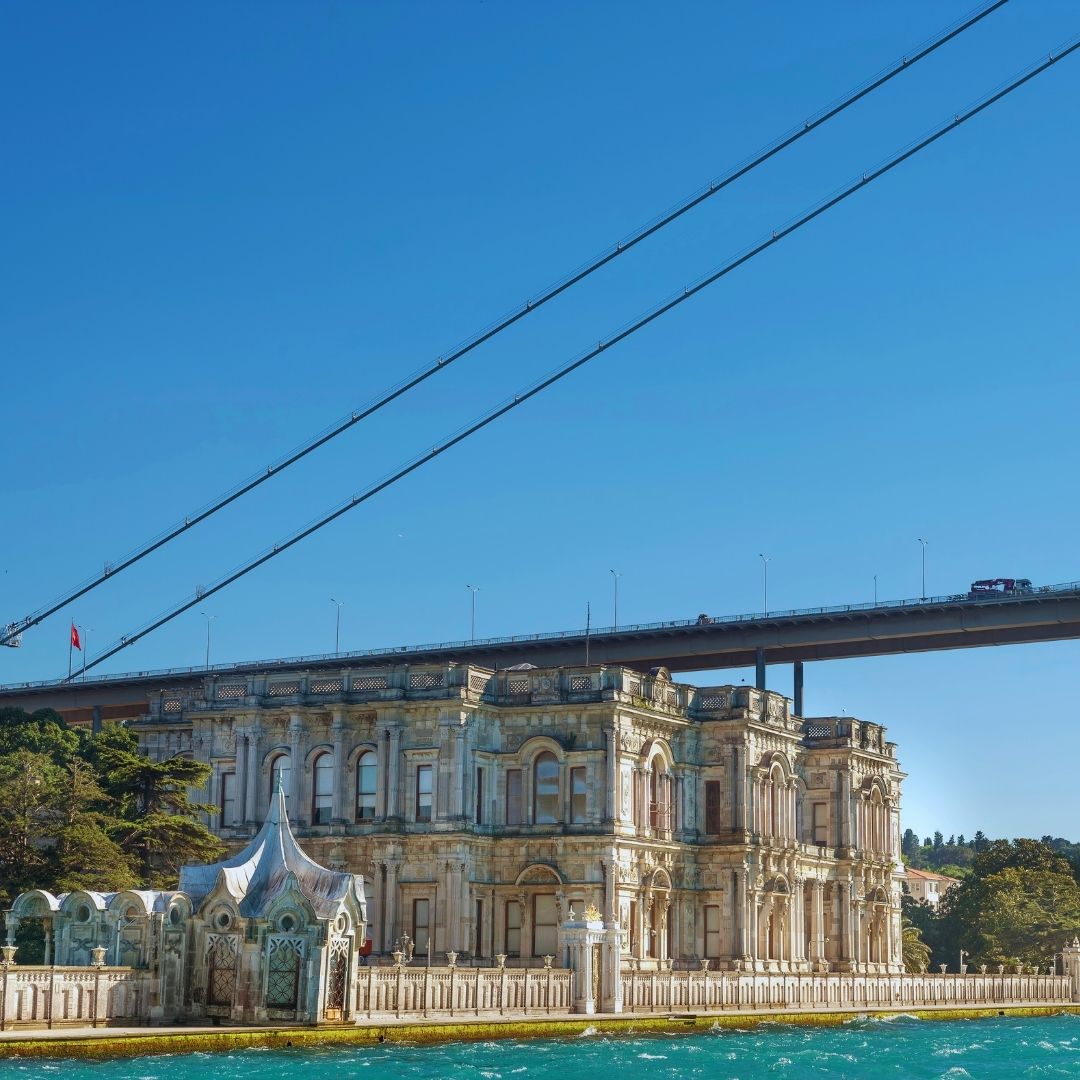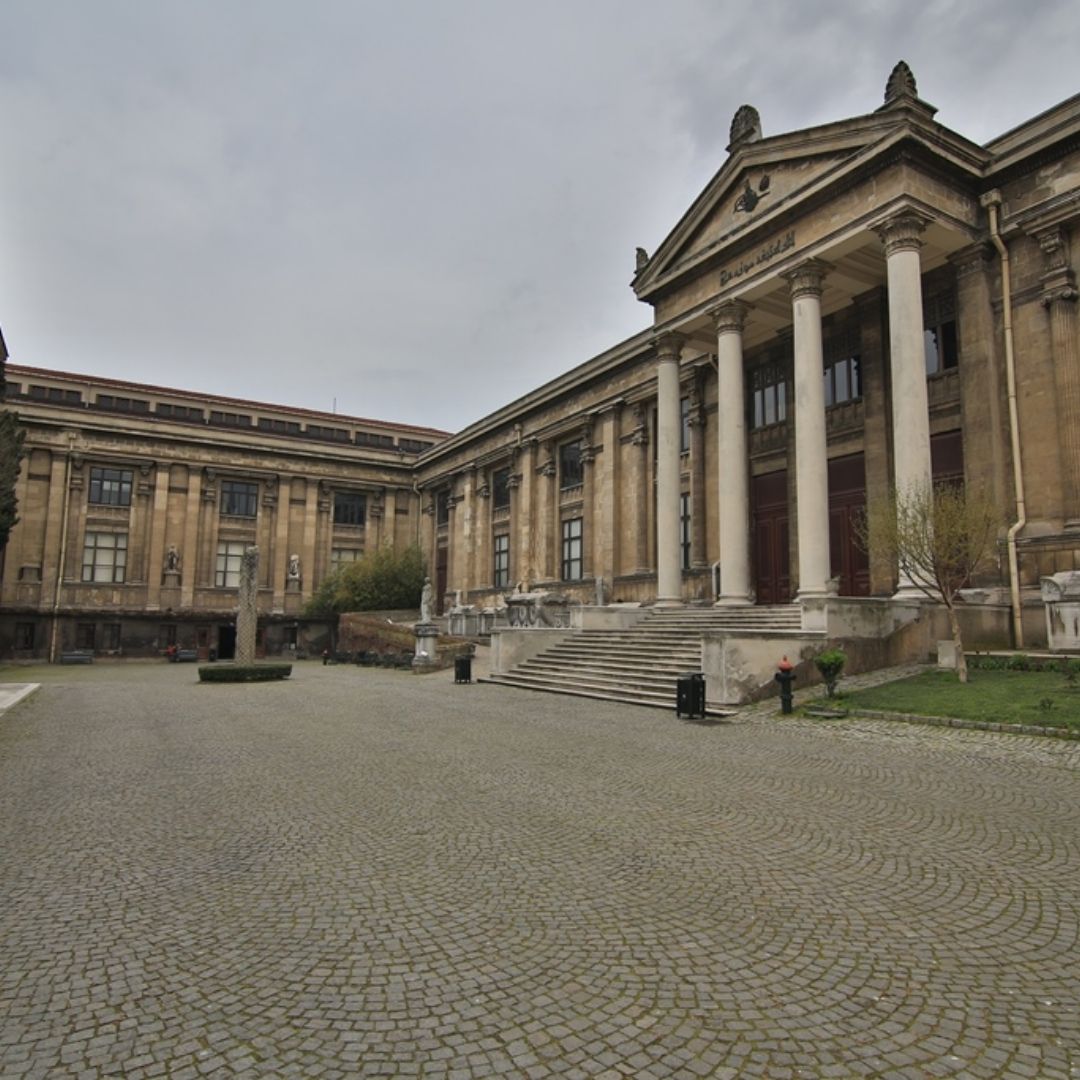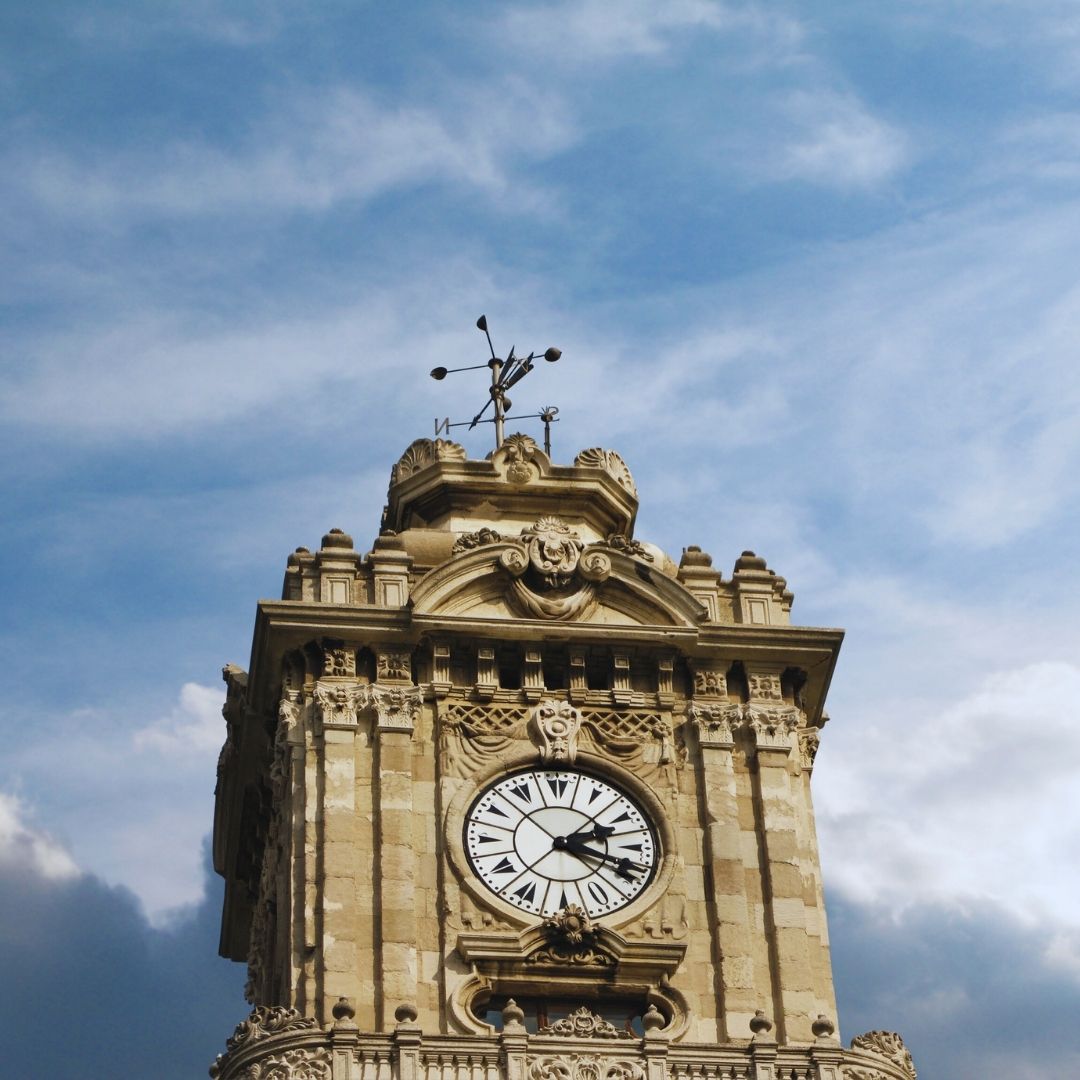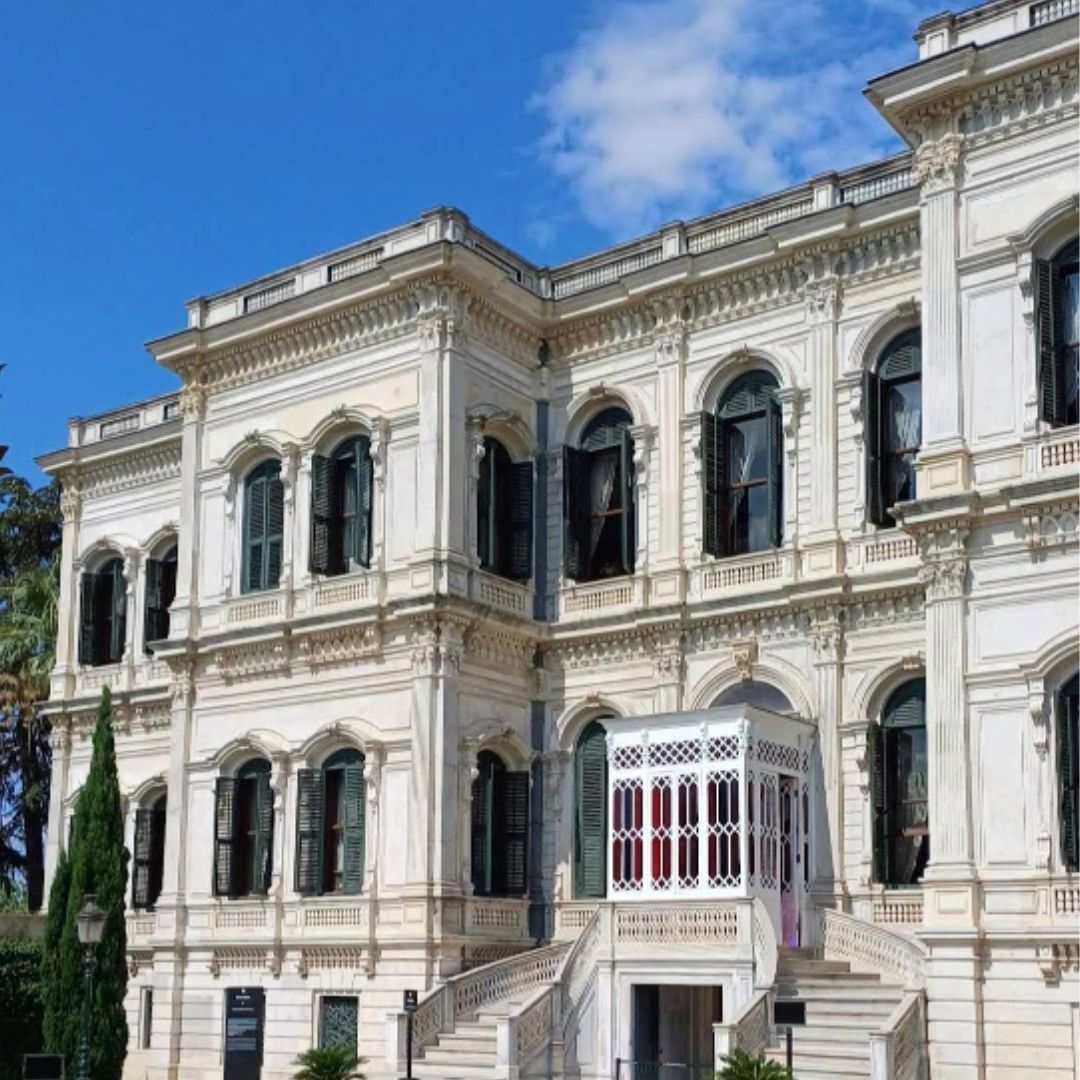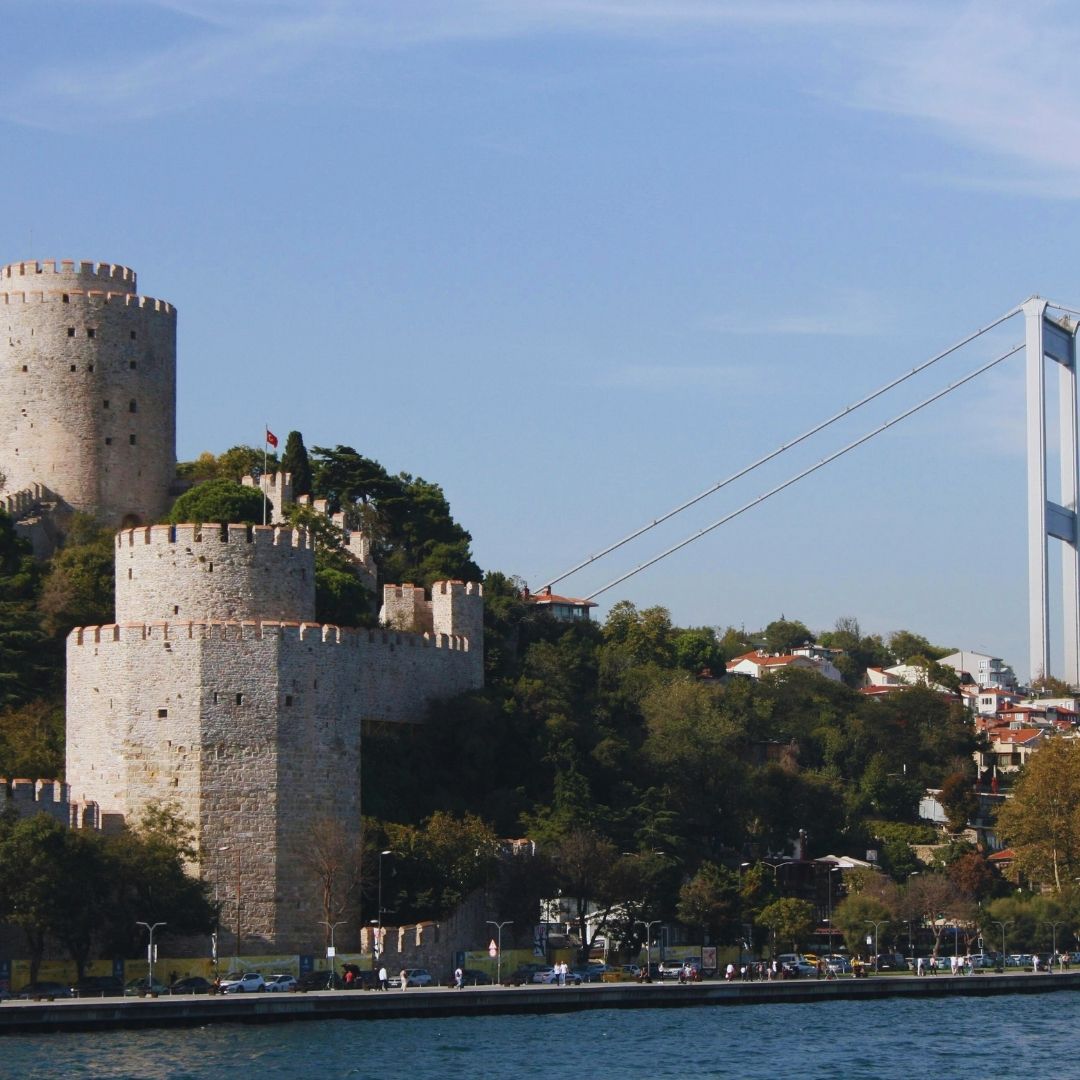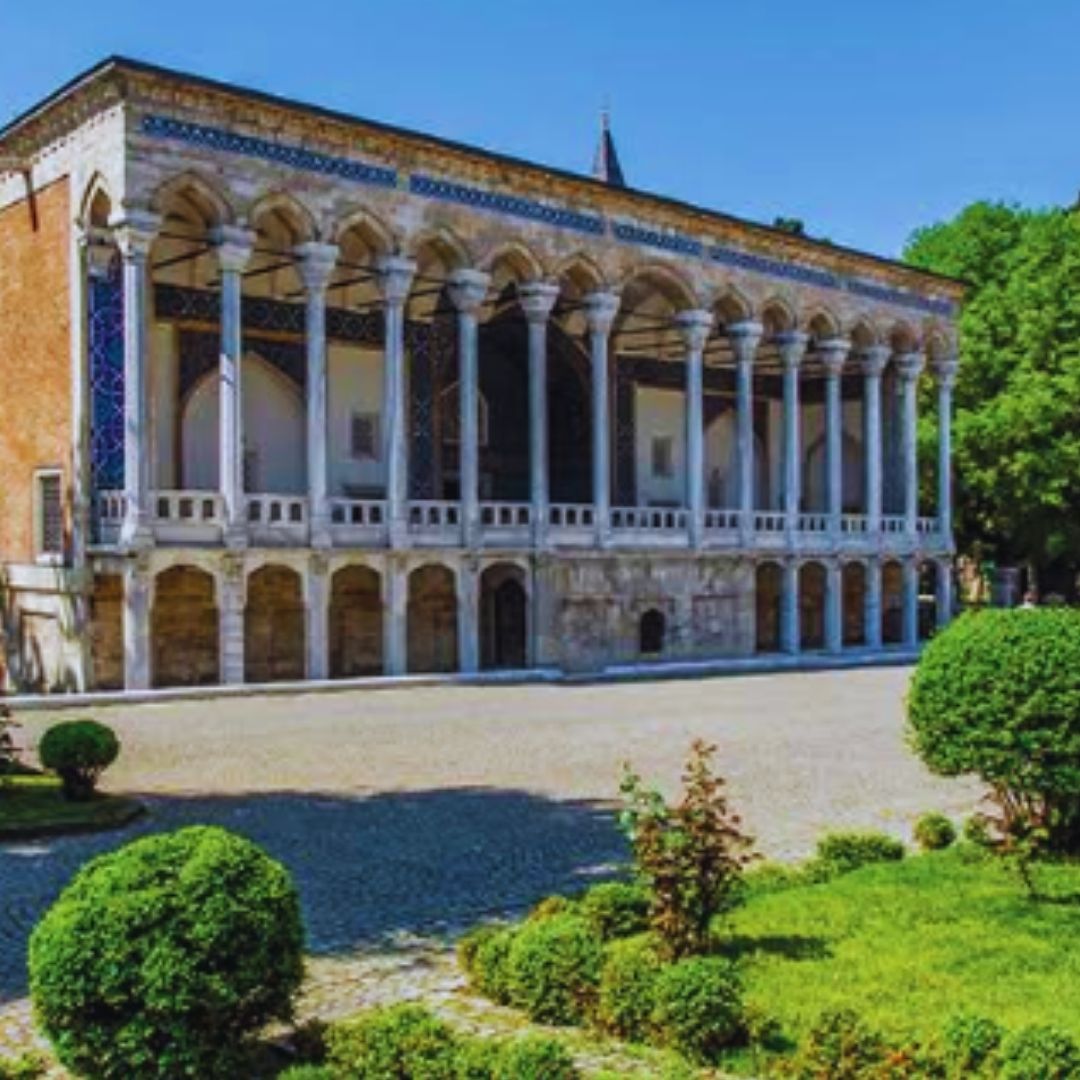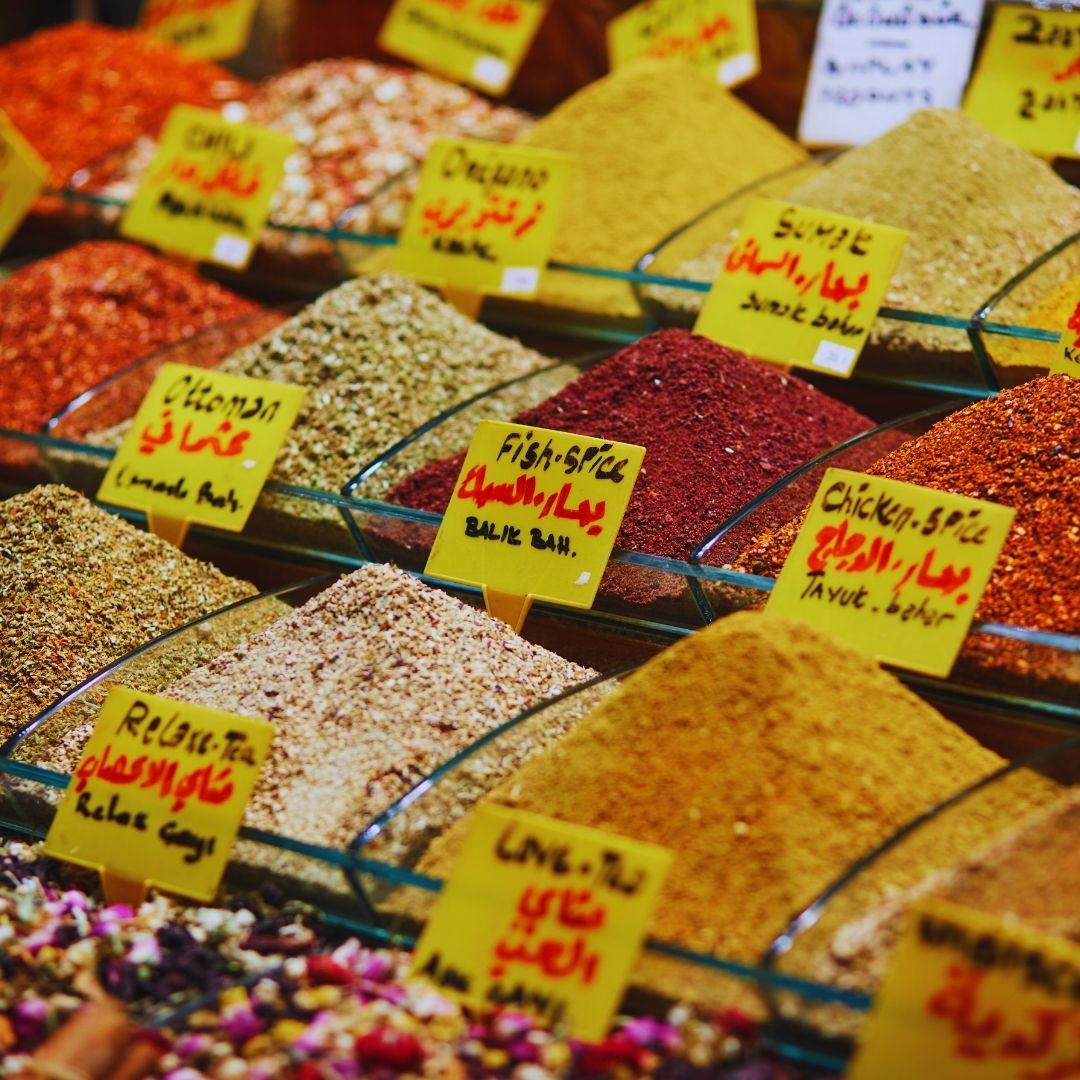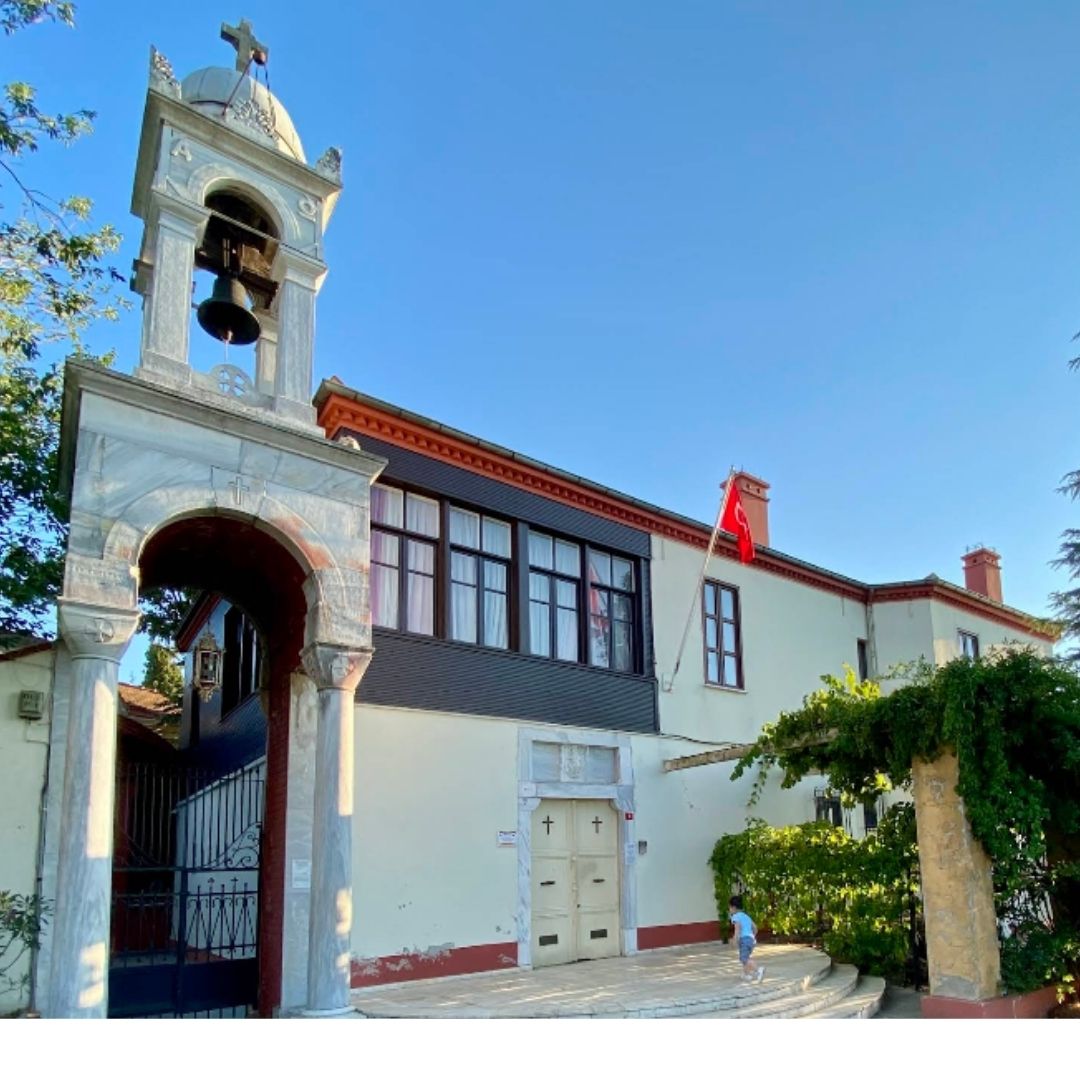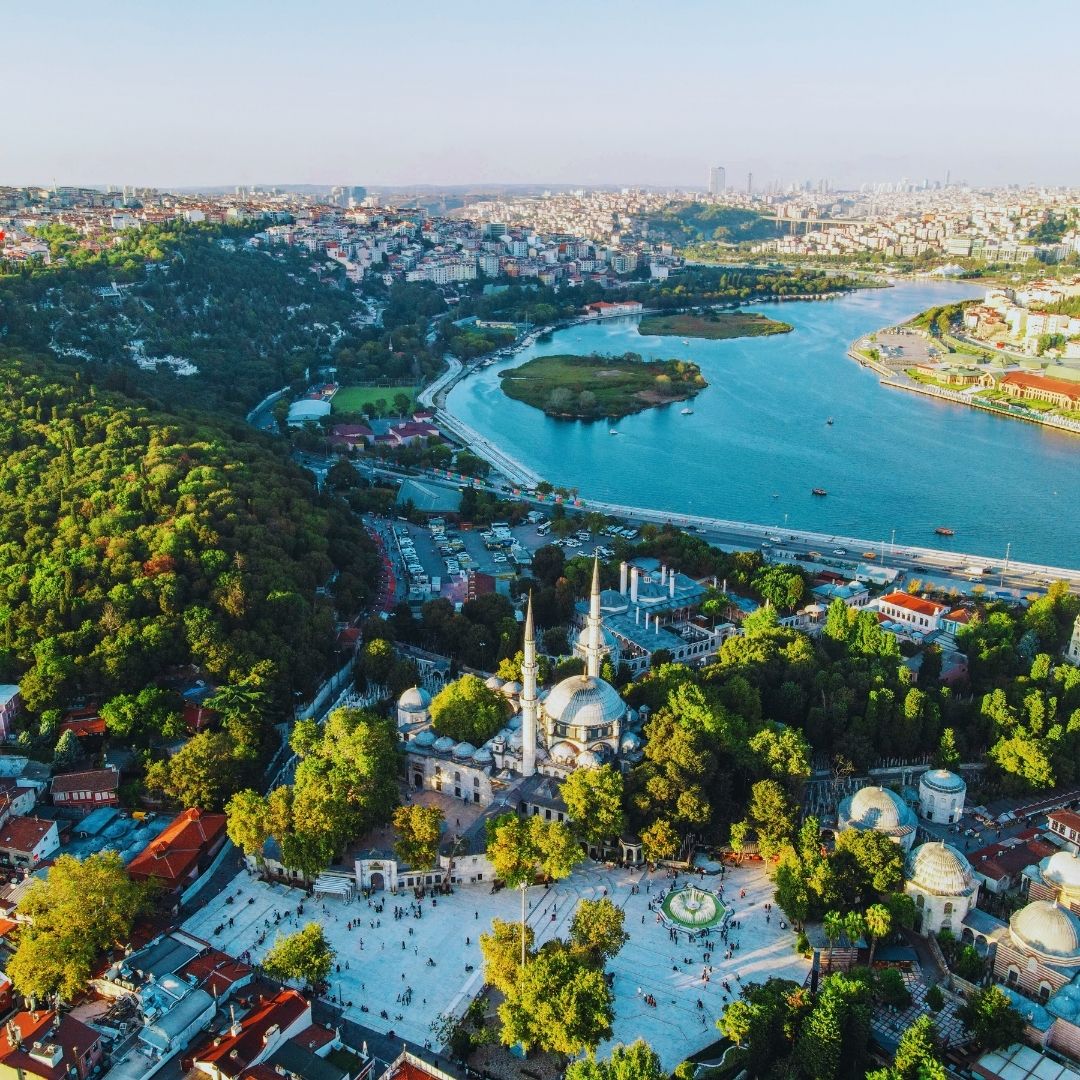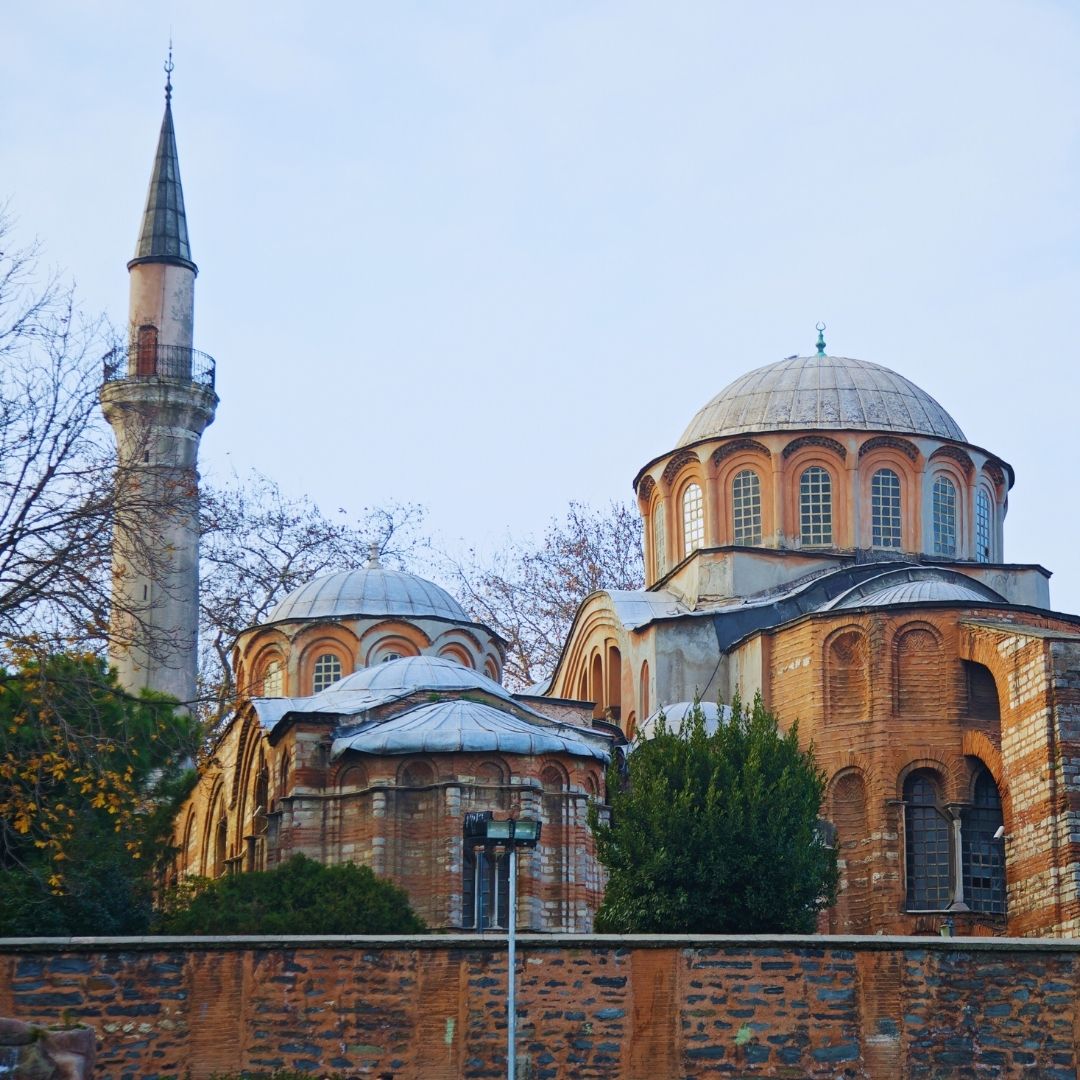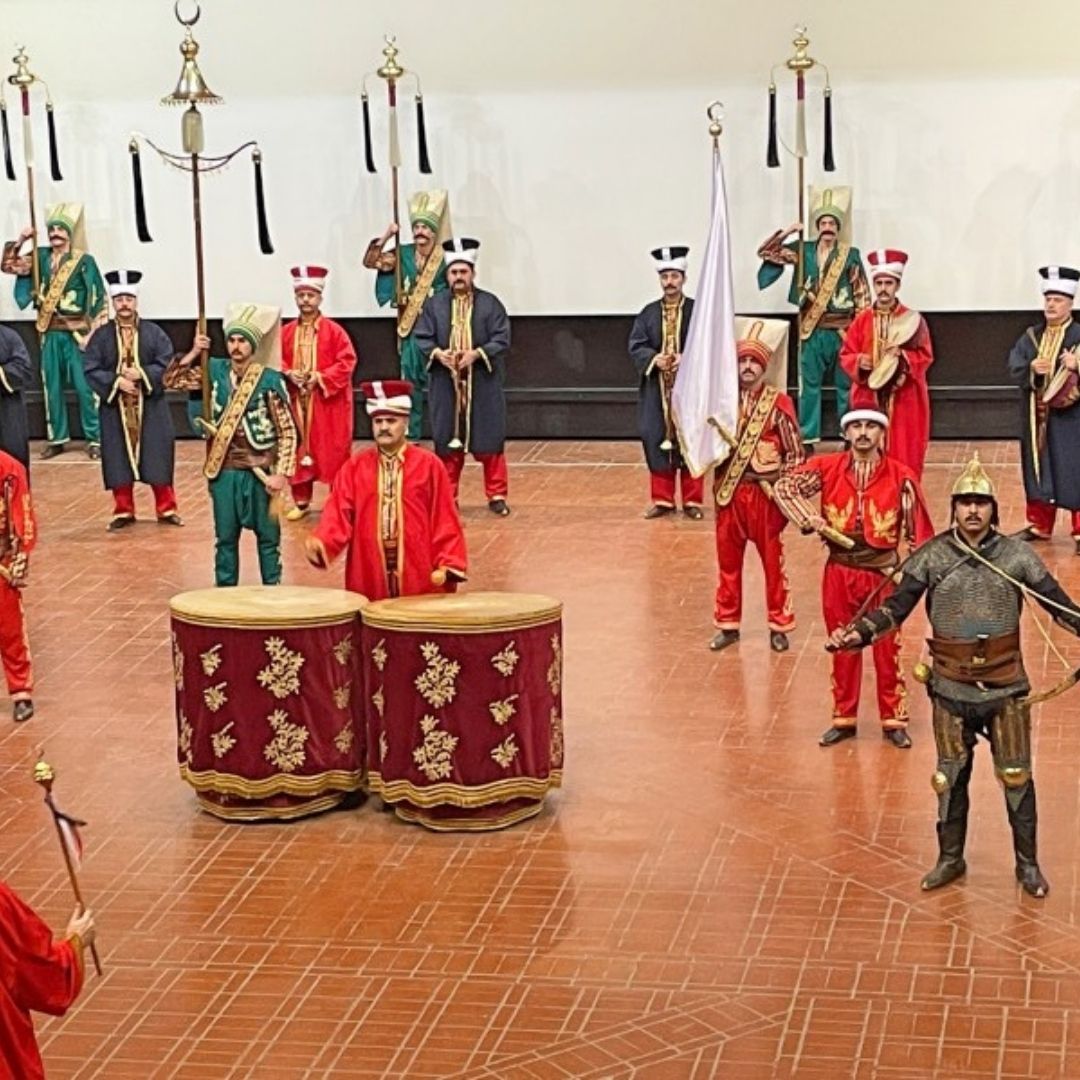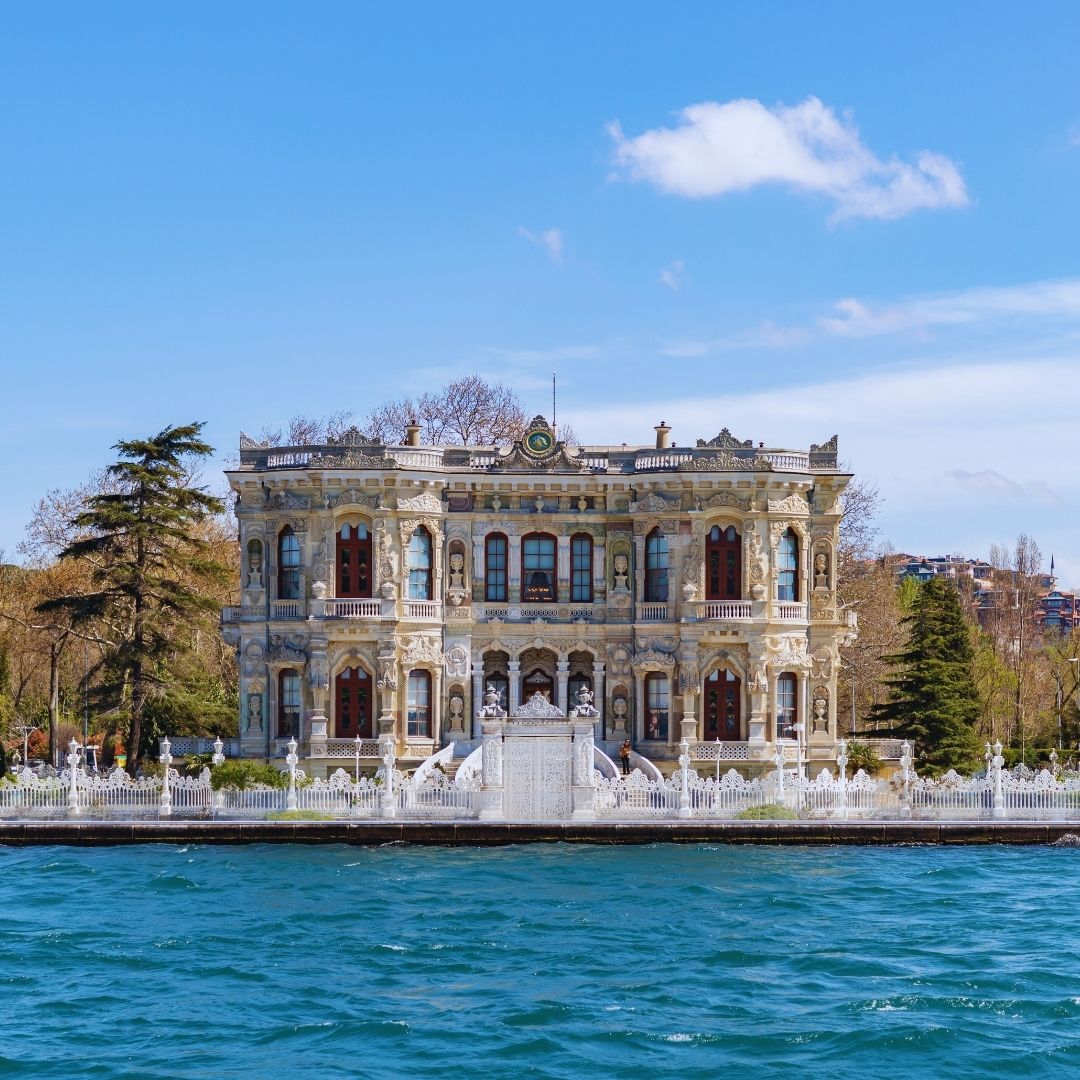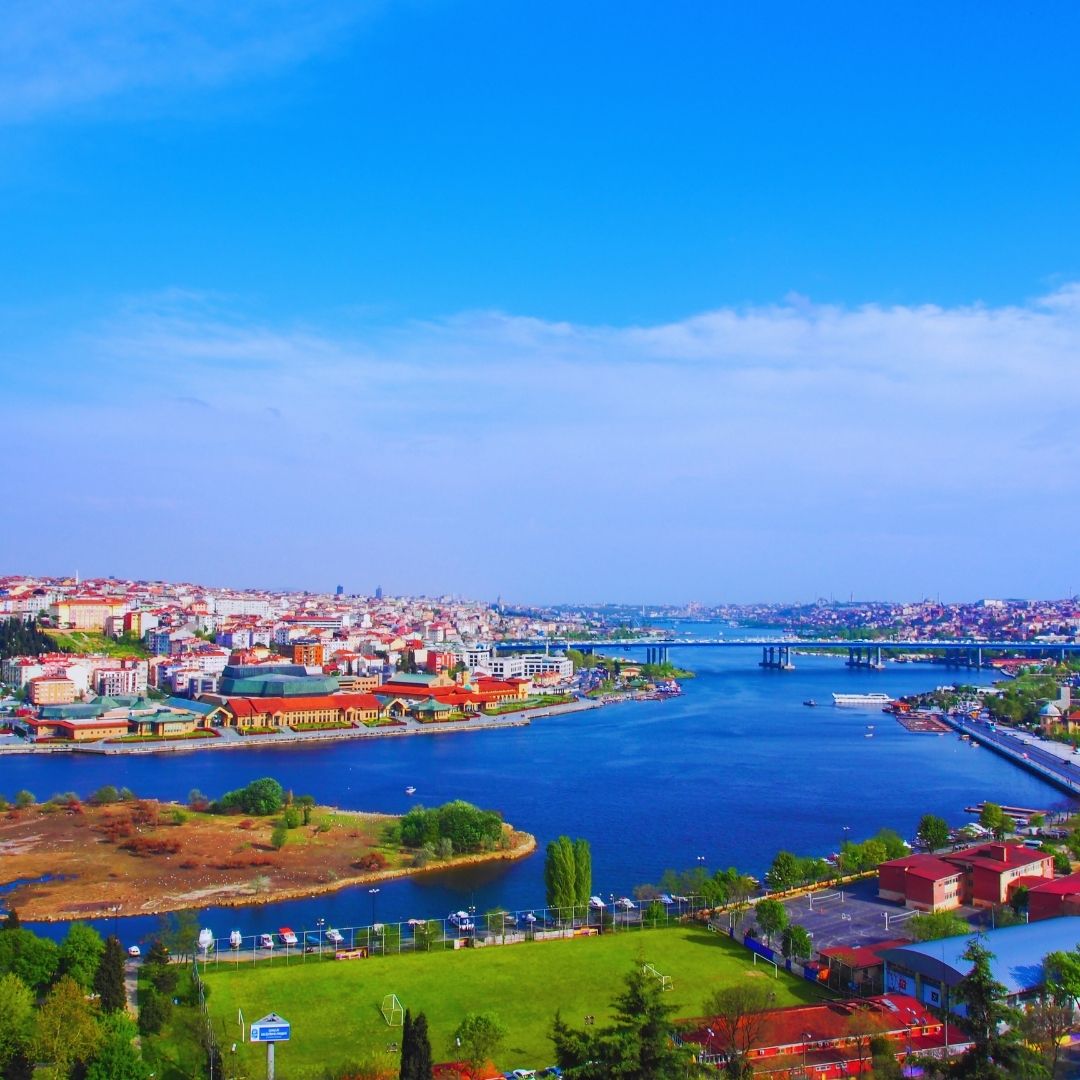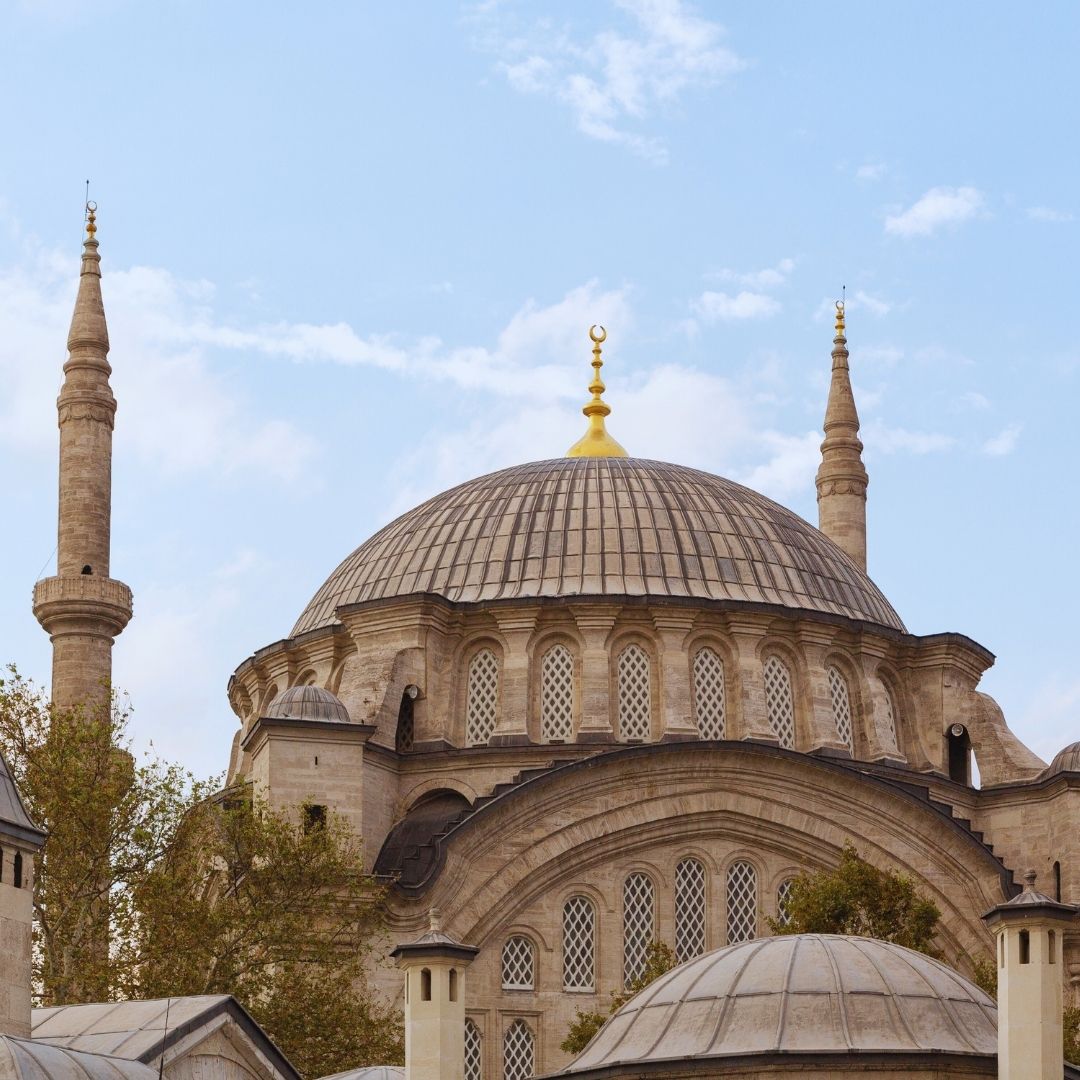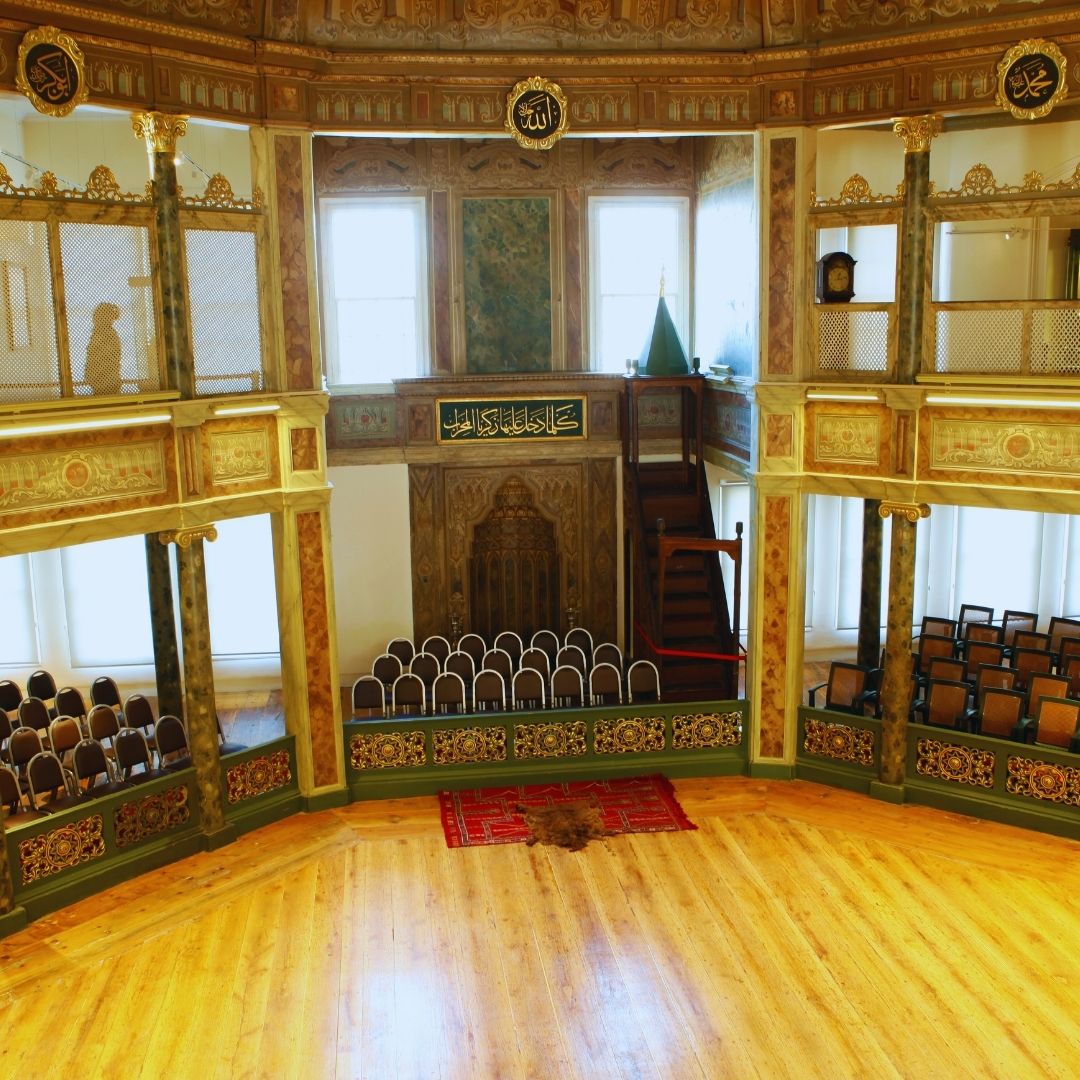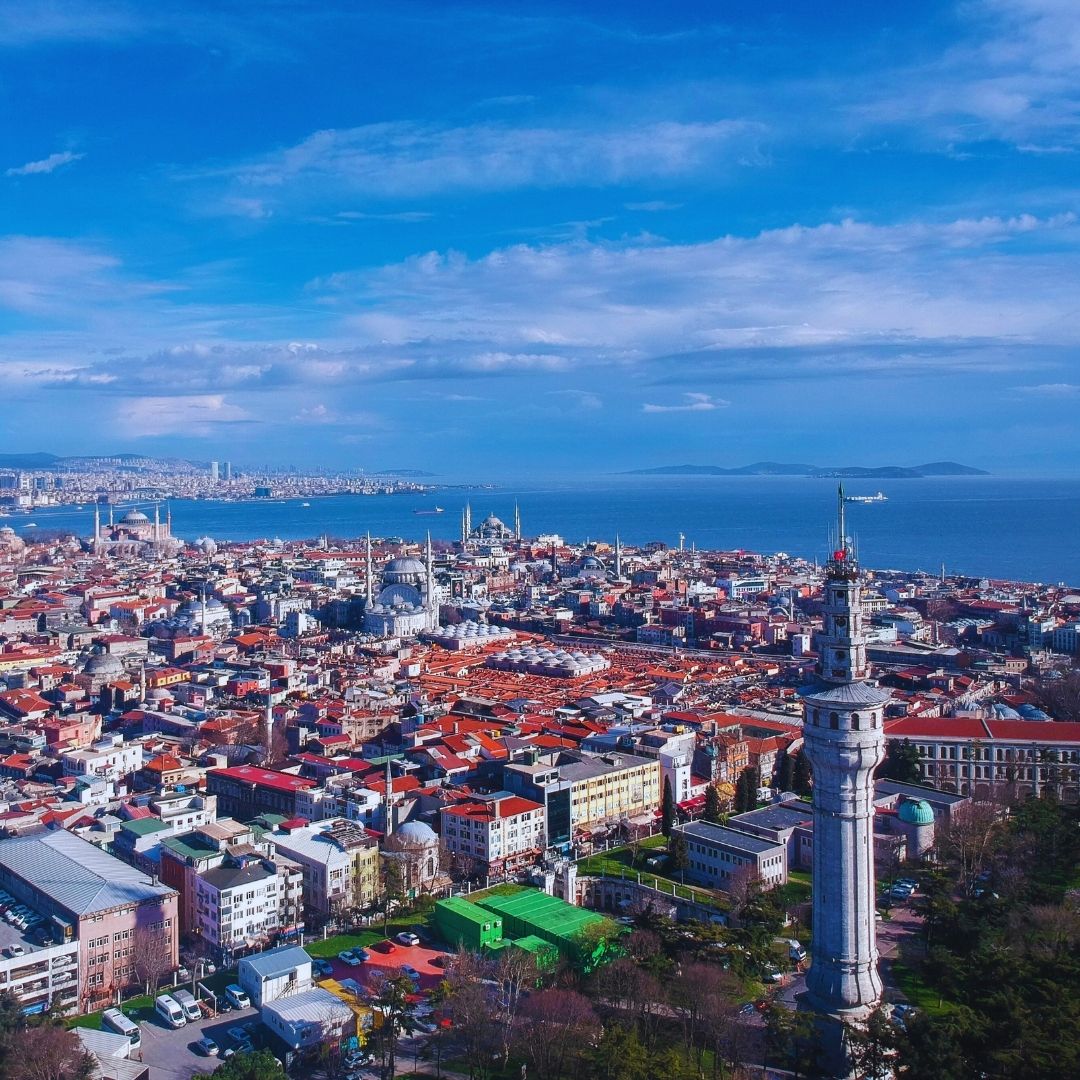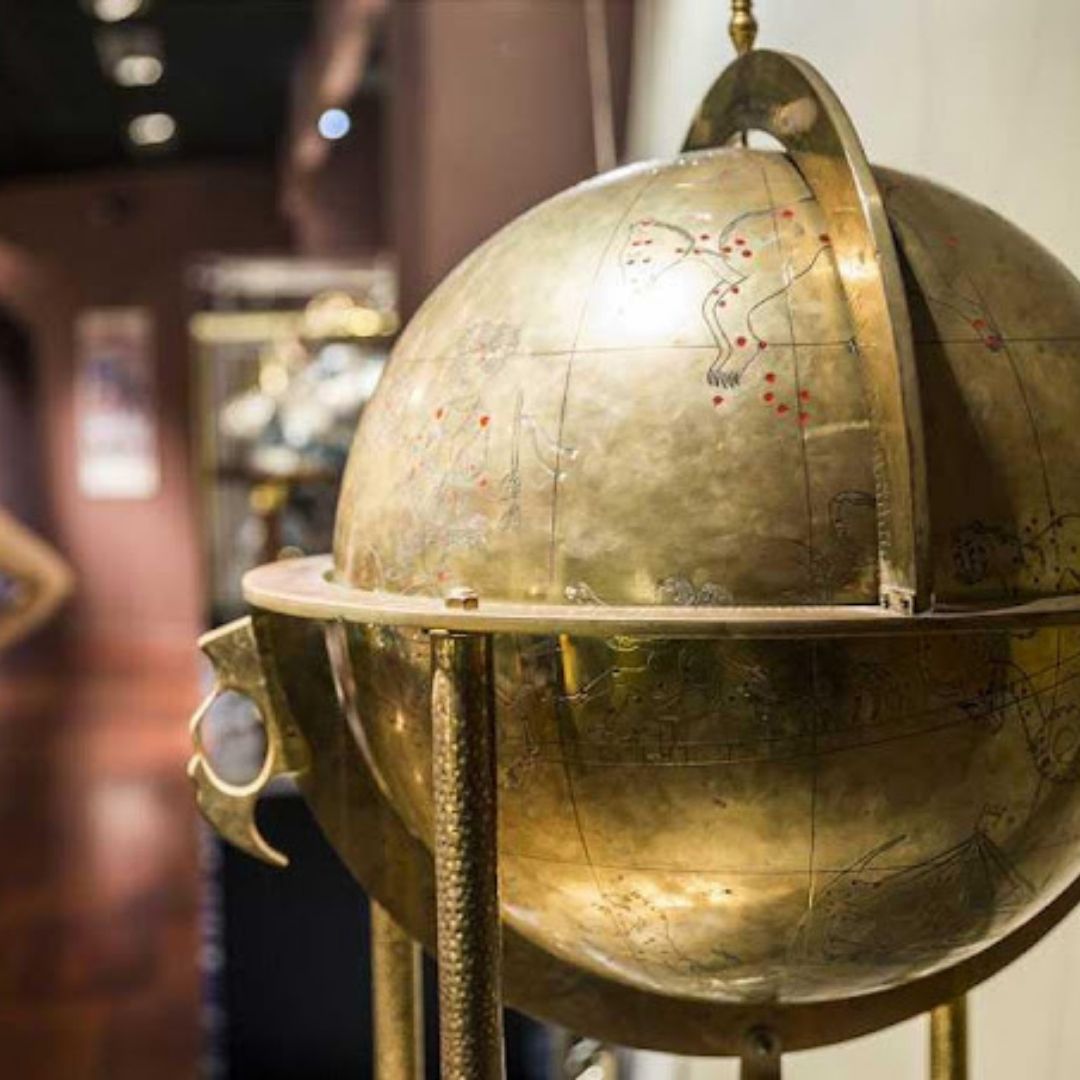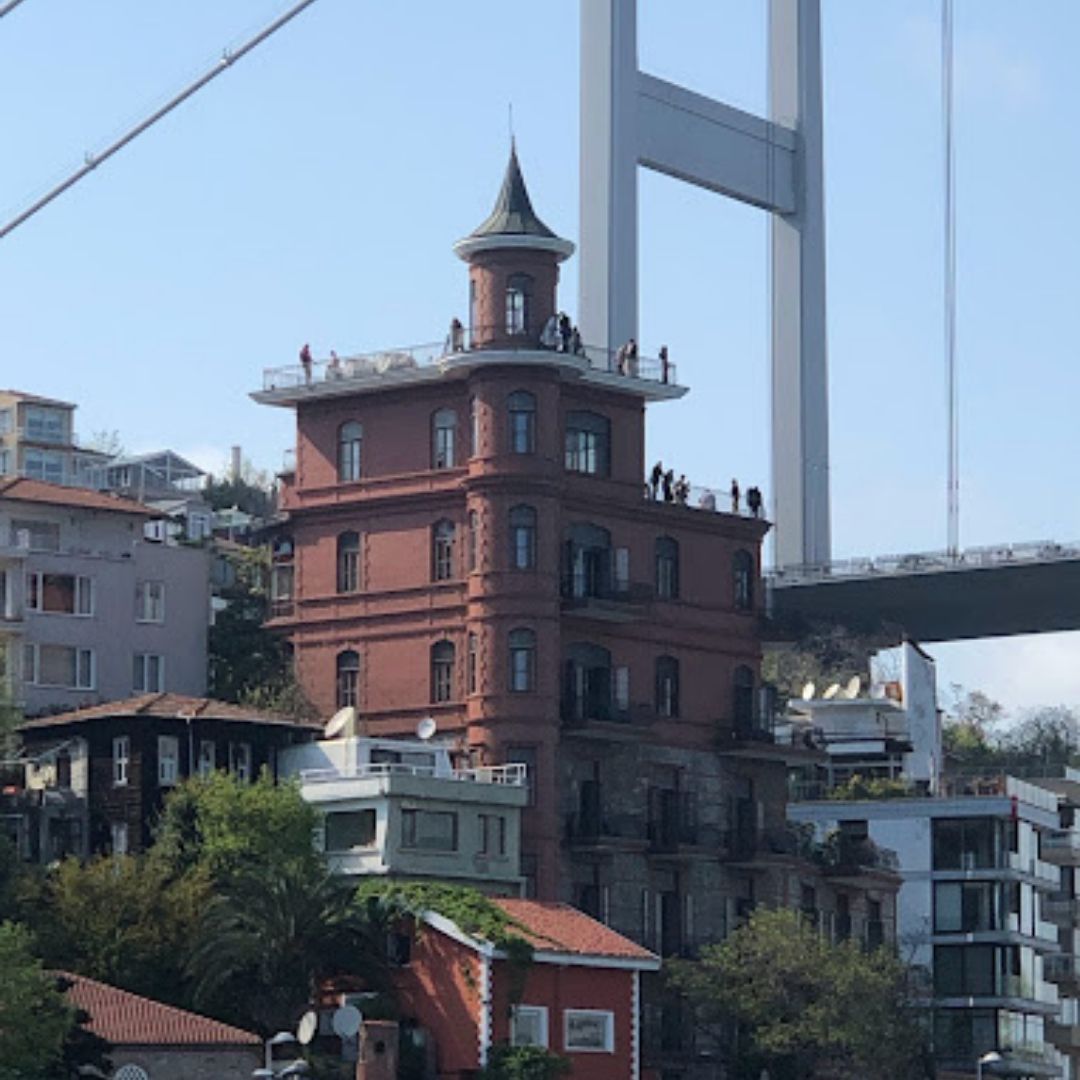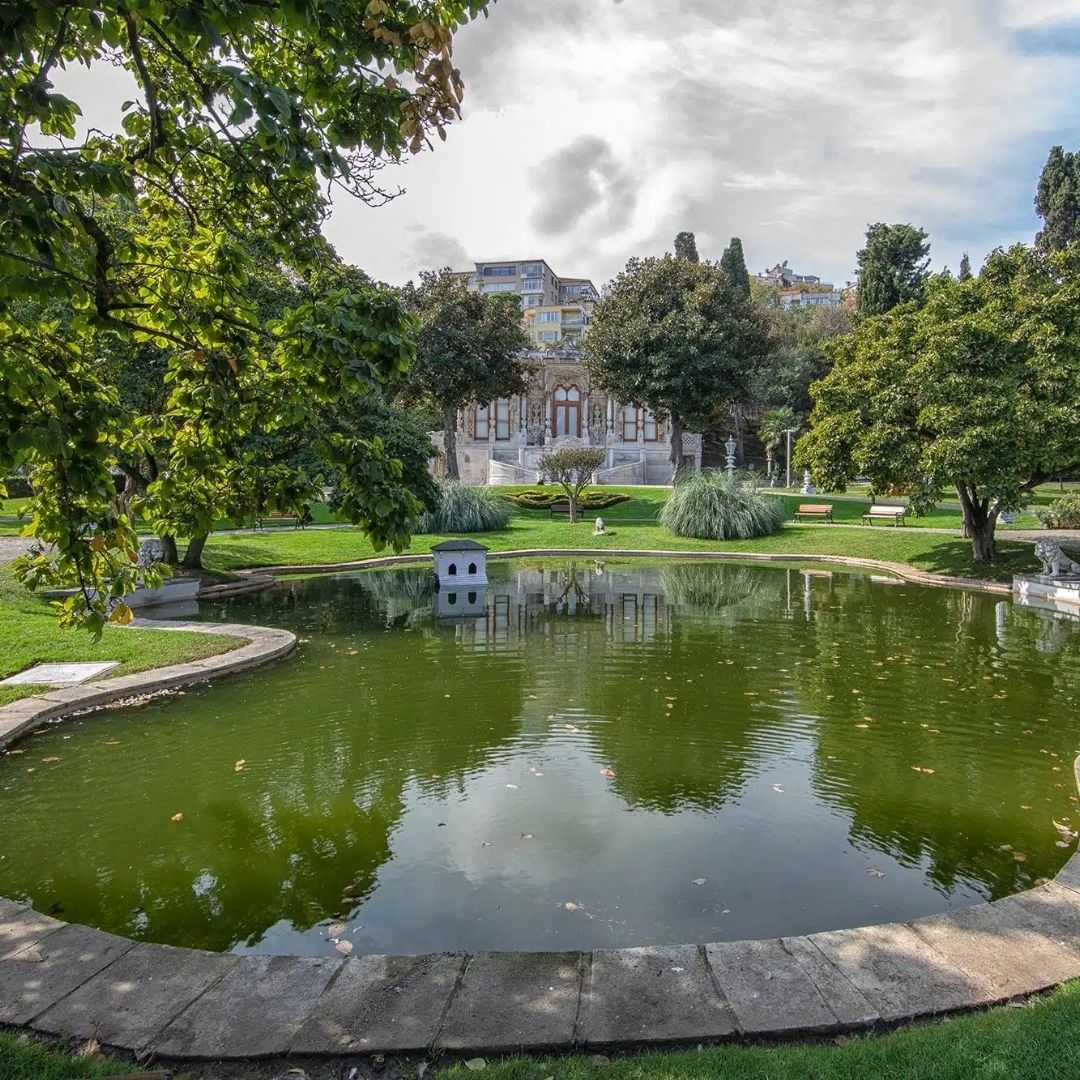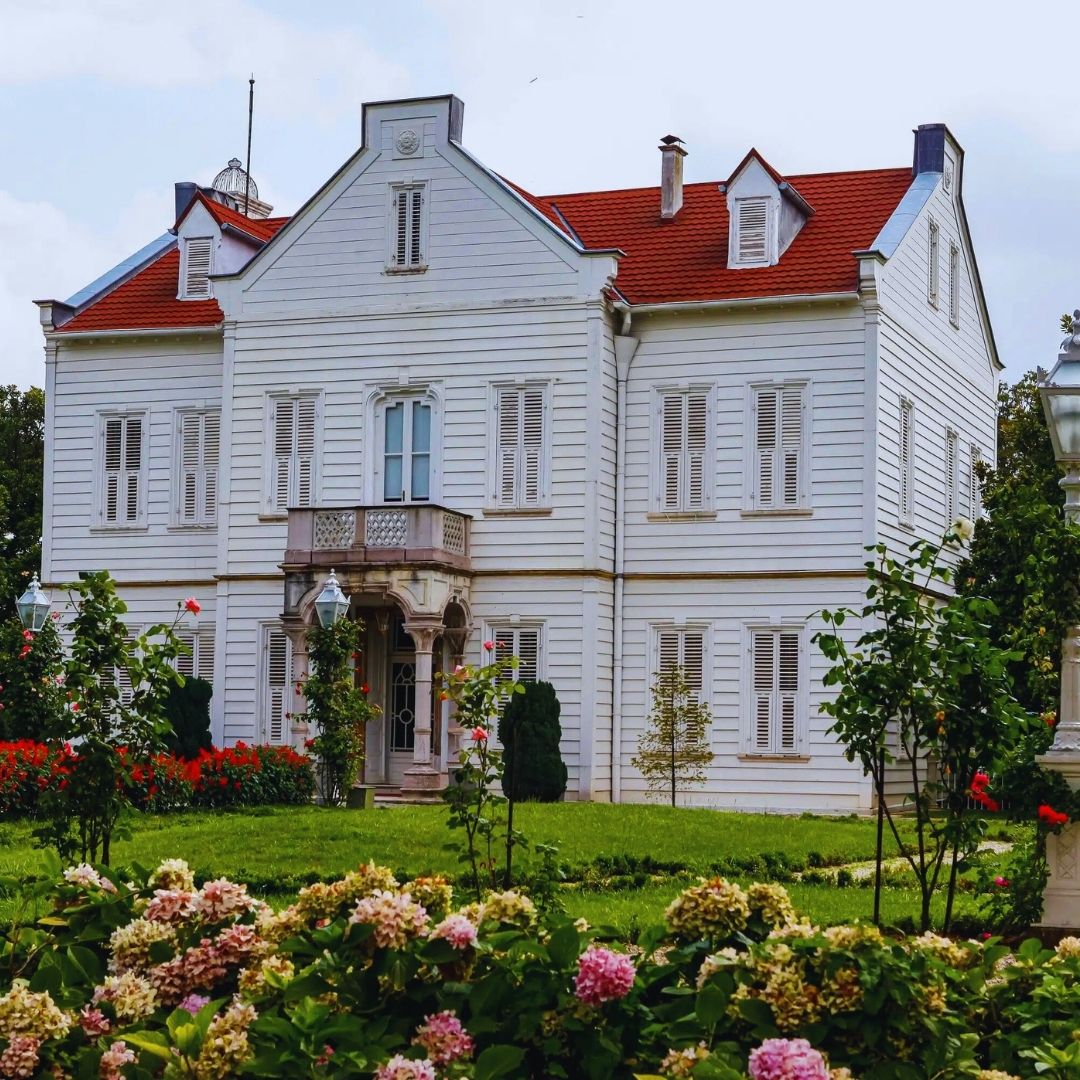Museum of Turkish and Islamic Arts
Museum of Turkish and Islamic Arts
Travel Point Overview
The Museum of Turkish and Islamic Arts is the first museum in Turkey dedicated to collecting Islamic and Turkish art. It was originally founded in 1914 as the Evkaf-ı İslamiye Museum, located within the Süleymaniye Complex. As the last museum established
Museum of Turkish and Islamic Arts: A Journey Through Islamic Art and History
📍 Location: Istanbul, Turkey
🏛 Established: 1914
🎨 Exhibitions: Islamic Art, Ottoman and Seljuk Artifacts
⏰ Visiting Hours: 09:00 - 19:00
💰 Entrance Fees:
- Turkish Citizens: Free with Museum Pass
- Foreign Visitors: 17 Euros
🎟 Museum Pass: Valid
History of the Museum of Turkish and Islamic Arts
The Museum of Turkish and Islamic Arts is the first museum in Turkey dedicated to collecting Islamic and Turkish art. It was originally founded in 1914 as the Evkaf-ı İslamiye Museum, located within the Süleymaniye Complex. As the last museum established during the Ottoman period, it was later renamed the Museum of Turkish and Islamic Arts after the proclamation of the Republic of Turkey. In 1983, the museum was relocated to İbrahim Pasha Palace, where it remains today.
The museum holds nearly 40,000 unique artifacts, making it one of the world's leading museums in Islamic art and history. Its collections span from the early Islamic period to the final centuries of the Ottoman Empire, offering an extraordinary glimpse into centuries of cultural and artistic heritage.
Highlighted Artifacts in the Museum
📜 Damascus Documents (Early Islamic Period)
- Over 200,000 historical manuscripts and Quranic pages from the Umayyad Mosque of Damascus
- Some of the oldest surviving Quranic texts from the 7th and 8th centuries
- Pages written in Kufic script on deer skin, with or without illumination
🚪 Cizre Grand Mosque Door Panels and Knocker (Artuqid Period, 13th Century)
- A magnificent bronze knocker featuring intertwined dragons and a lion’s head
- Ornamental geometric designs symbolizing eternity
🕌 Double Column (Ayyubid Period, 13th Century)
- Wooden columns inscribed with verses from the Quran (Surahs Maryam and Al-Baqara)
🕯 Hanging Incense Burner (Great Seljuk Period, Late 12th - Early 13th Century, Afghanistan)
- A brass censer shaped like a falcon, representing Islamic nature symbolism
🌲 Hanging Lamp (Mamluk Period, Late 14th Century)
- A copper oil lamp featuring intricate motifs of cypress trees, symbolizing protection and good fortune
How to Get There?
🚋 Take the Kabataş-Bağcılar tram line and get off at the Sultanahmet stop.
🚢 From the Asian side of Istanbul, take a ferry from Kadıköy-Eminönü or Üsküdar-Eminönü and connect to the tram line.
Visiting Information & Ticket Prices
⏰ Visiting Hours: 09:00 - 19:00
🎟 Museum Pass: Valid
💰 Entrance Fees:
- Turkish Citizens: Free with Museum Pass
- Foreign Visitors: 17 Euros
🆓 Free Admission:
- Children aged 0-6 (both local and foreign visitors)
- Students aged 7-25 with a valid student ID (Turkish citizens only)
- International students aged 12-25 must present an ISIC (International Student Identity Card)
📆 The museum is open every day of the week.
Why Visit the Museum of Turkish and Islamic Arts?
📜 A rich collection spanning from the early Islamic period to the Ottoman Empire
🏛 One of the world’s most comprehensive Islamic art museums
🕌 Unique artifacts from the Ayyubid, Seljuk, Ottoman, and Artuqid periods
📷 Located in the heart of Istanbul’s historic district, offering a perfect blend of history and culture
Explore the Museum with Advisormapp!
📲 Download the Advisormapp app for detailed guides, historical insights, and an immersive tour experience.
⏳ Don't miss this cultural treasure on your visit to Istanbul! 🚀✨

